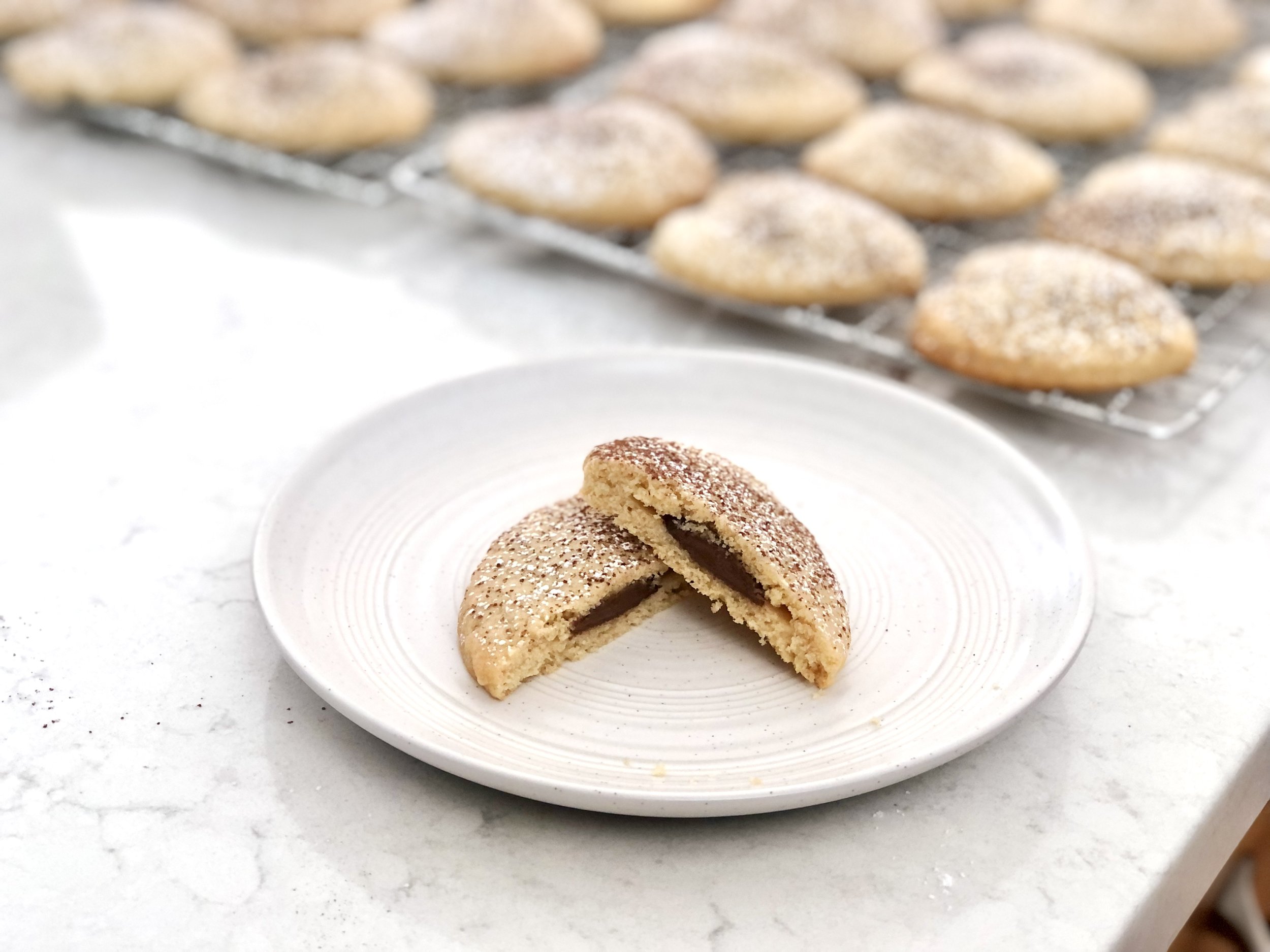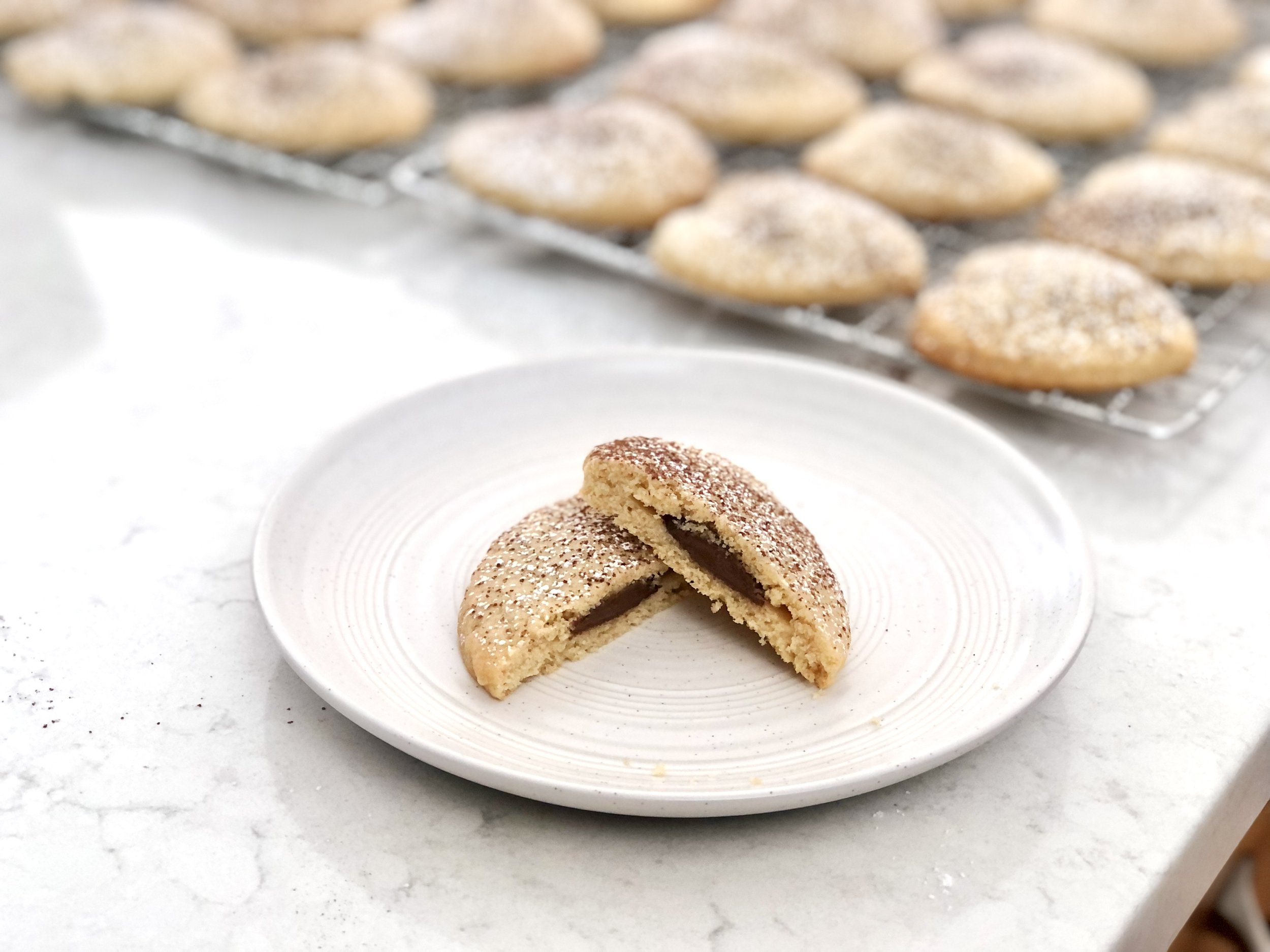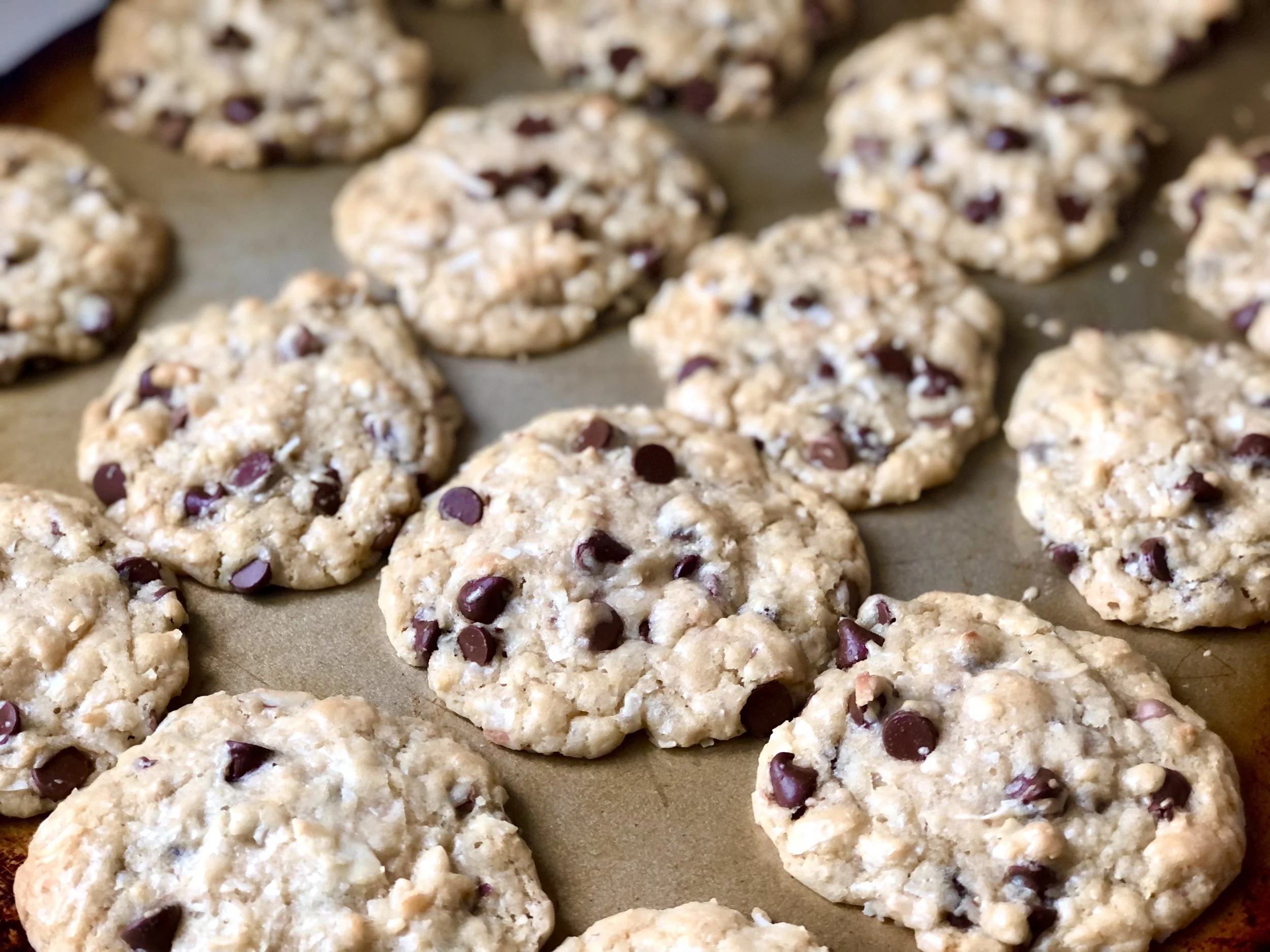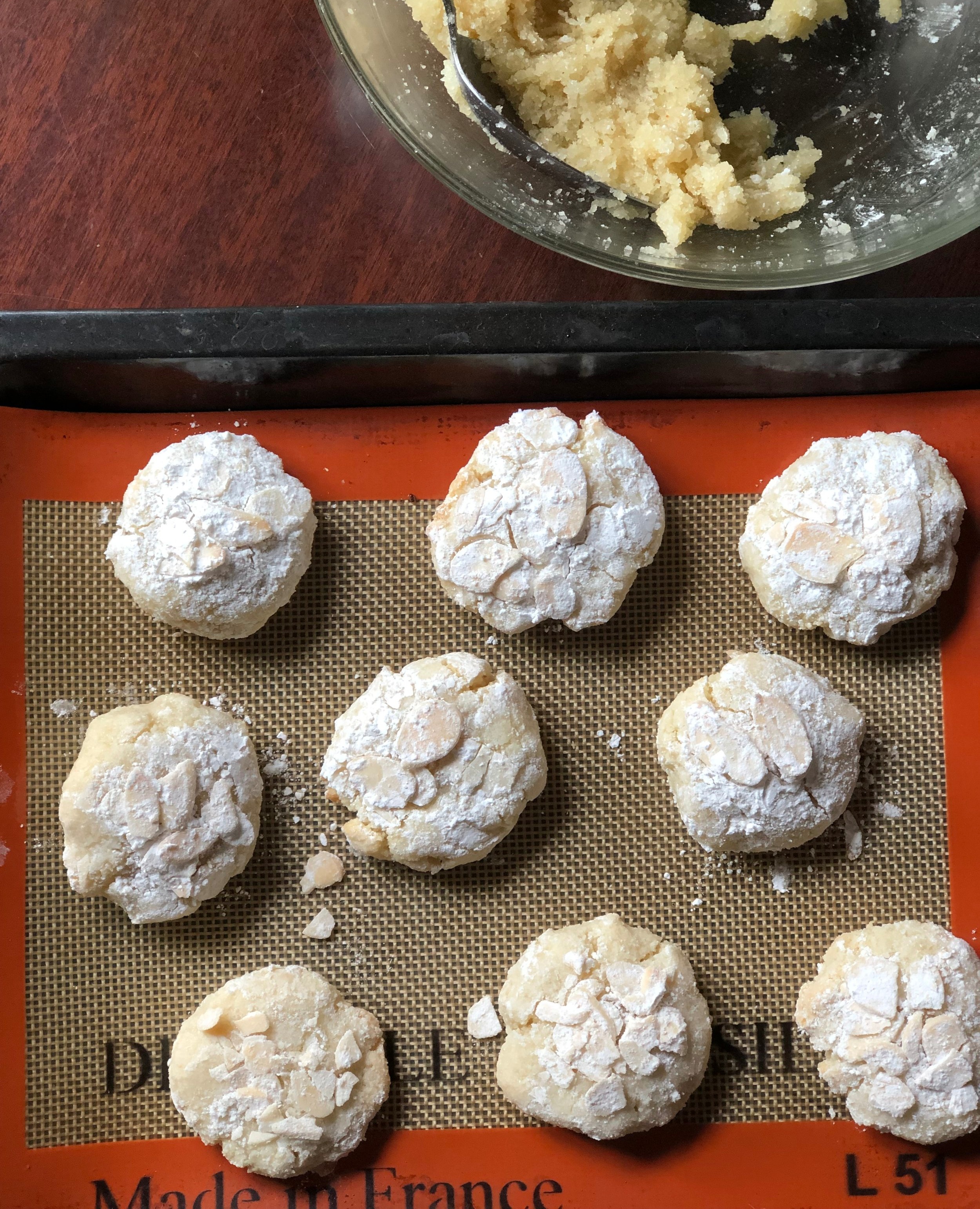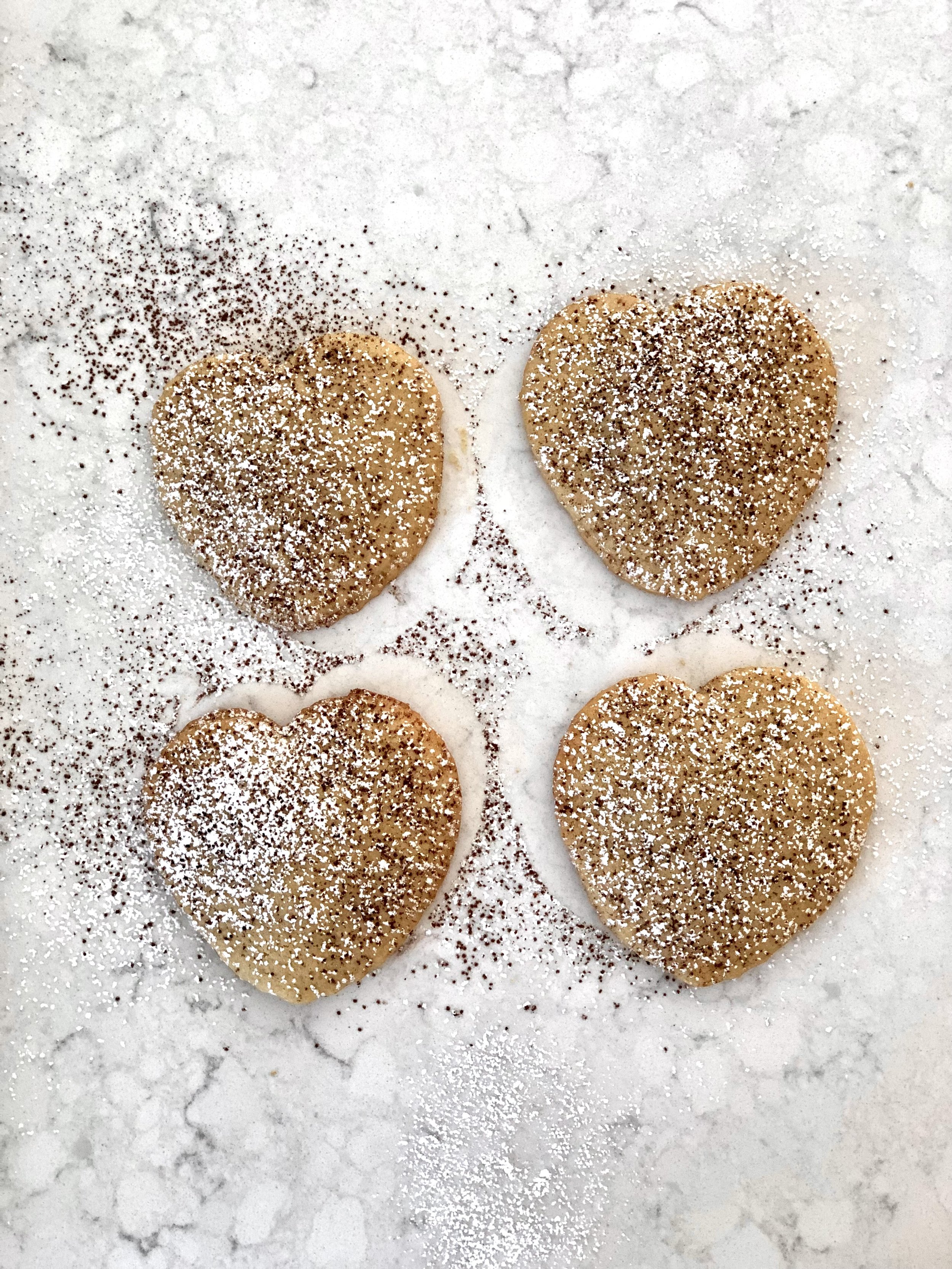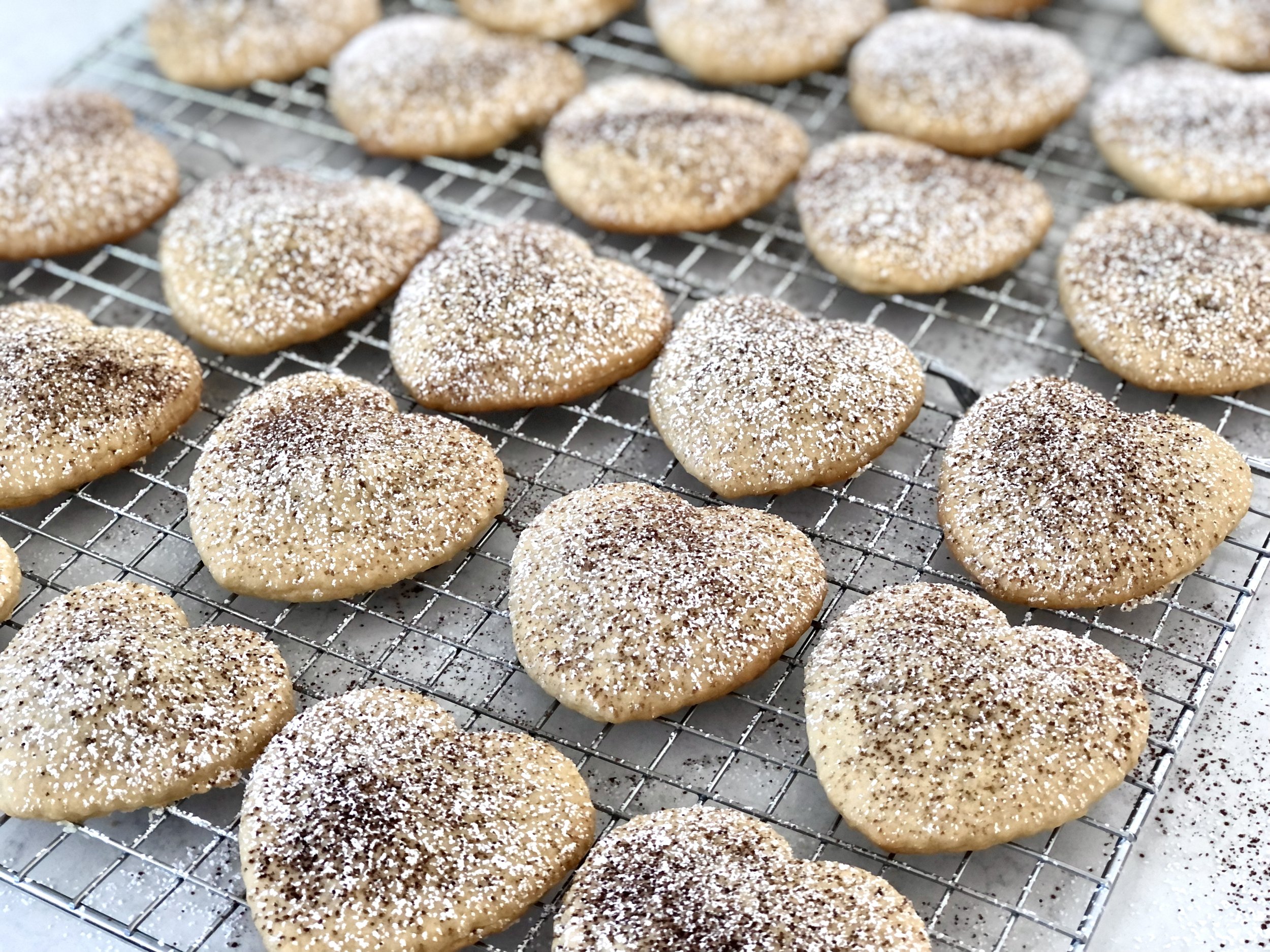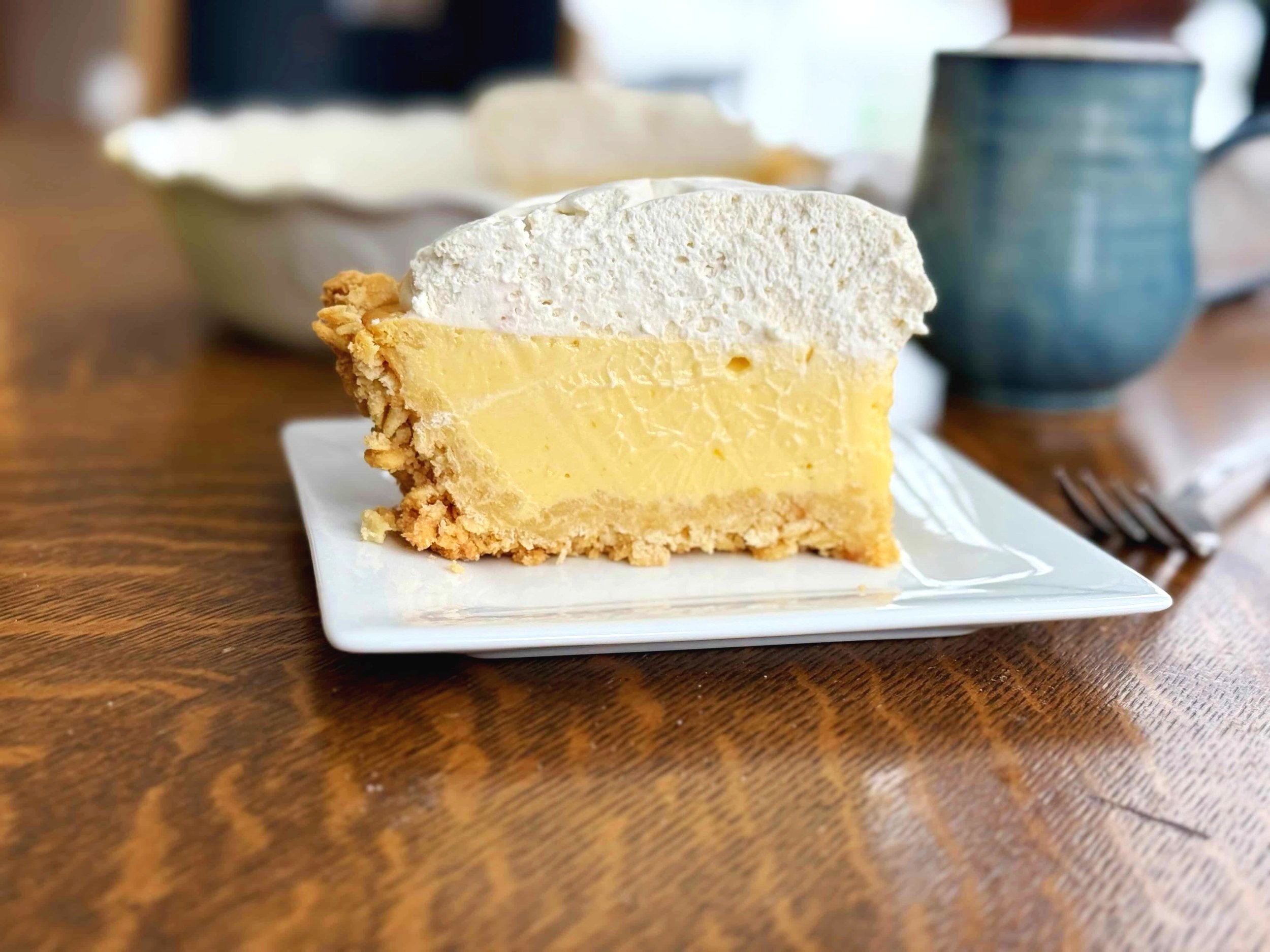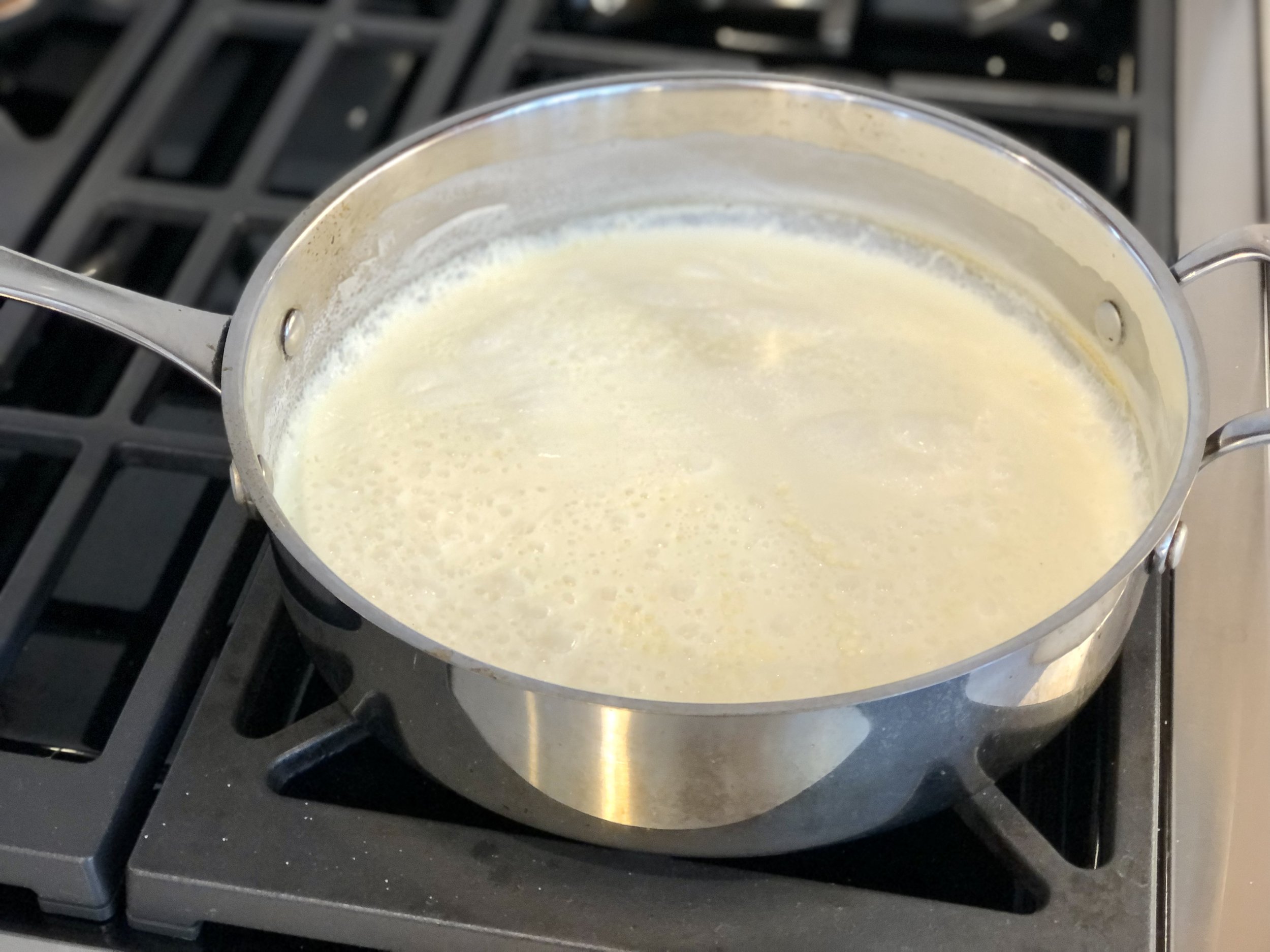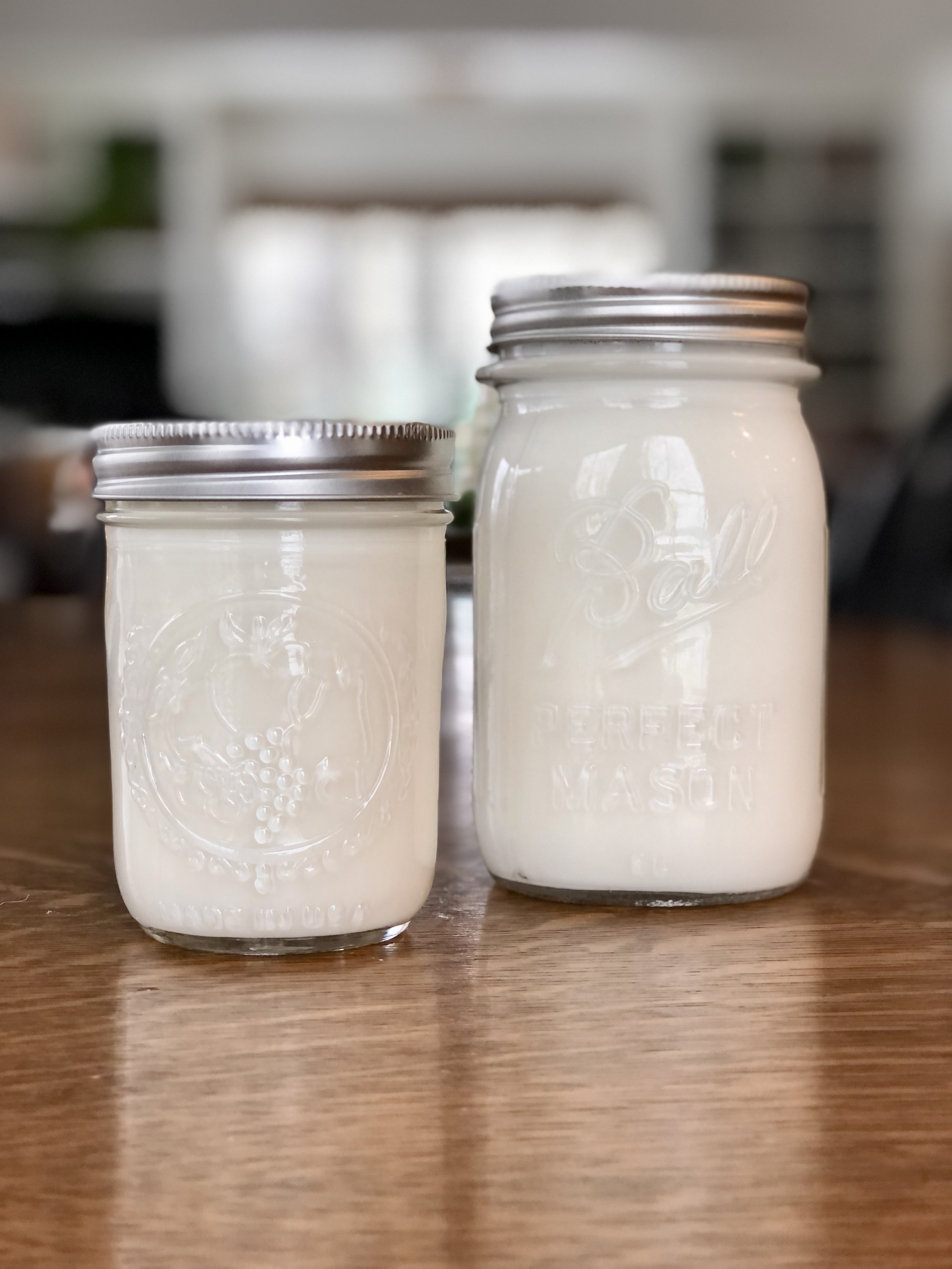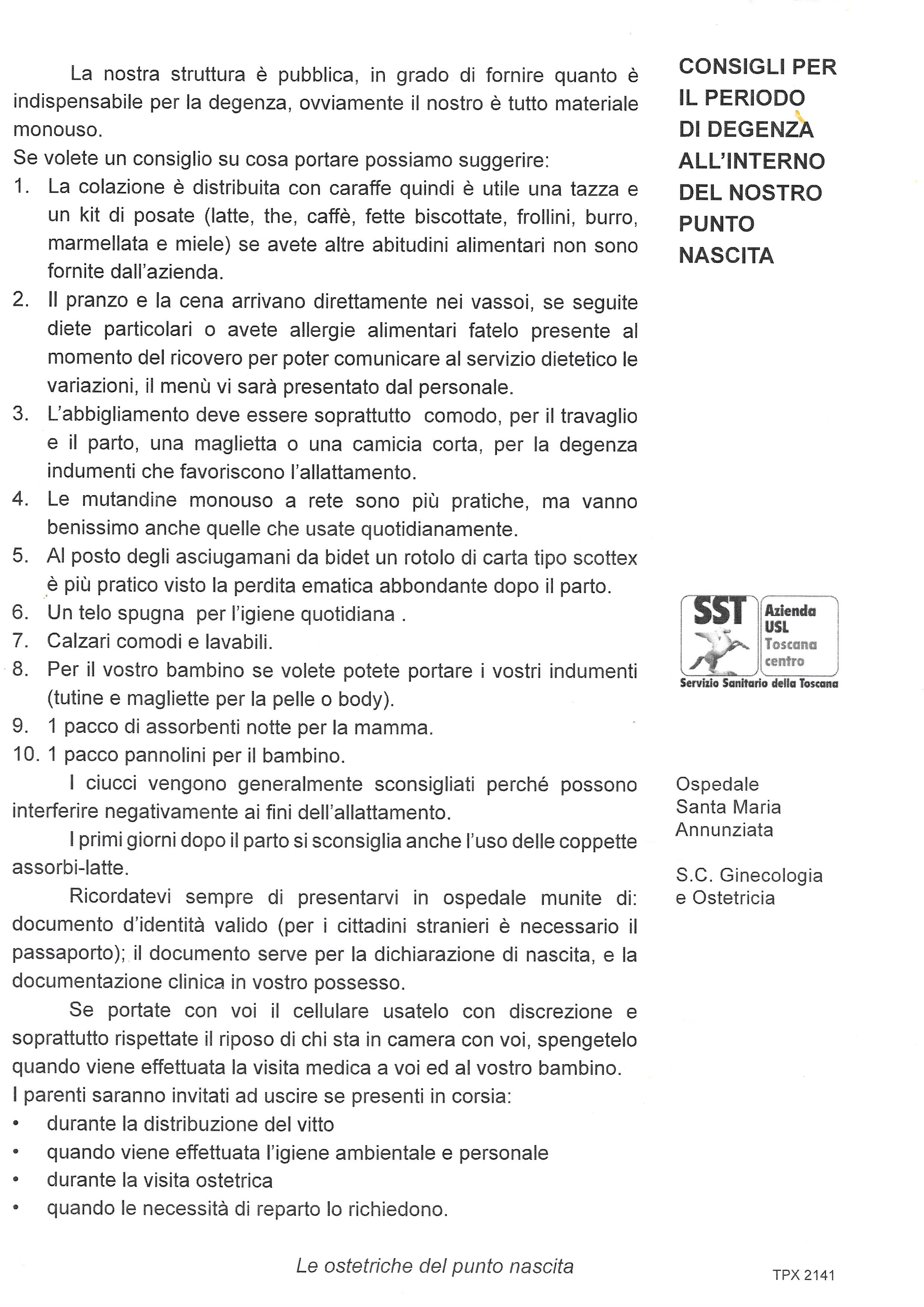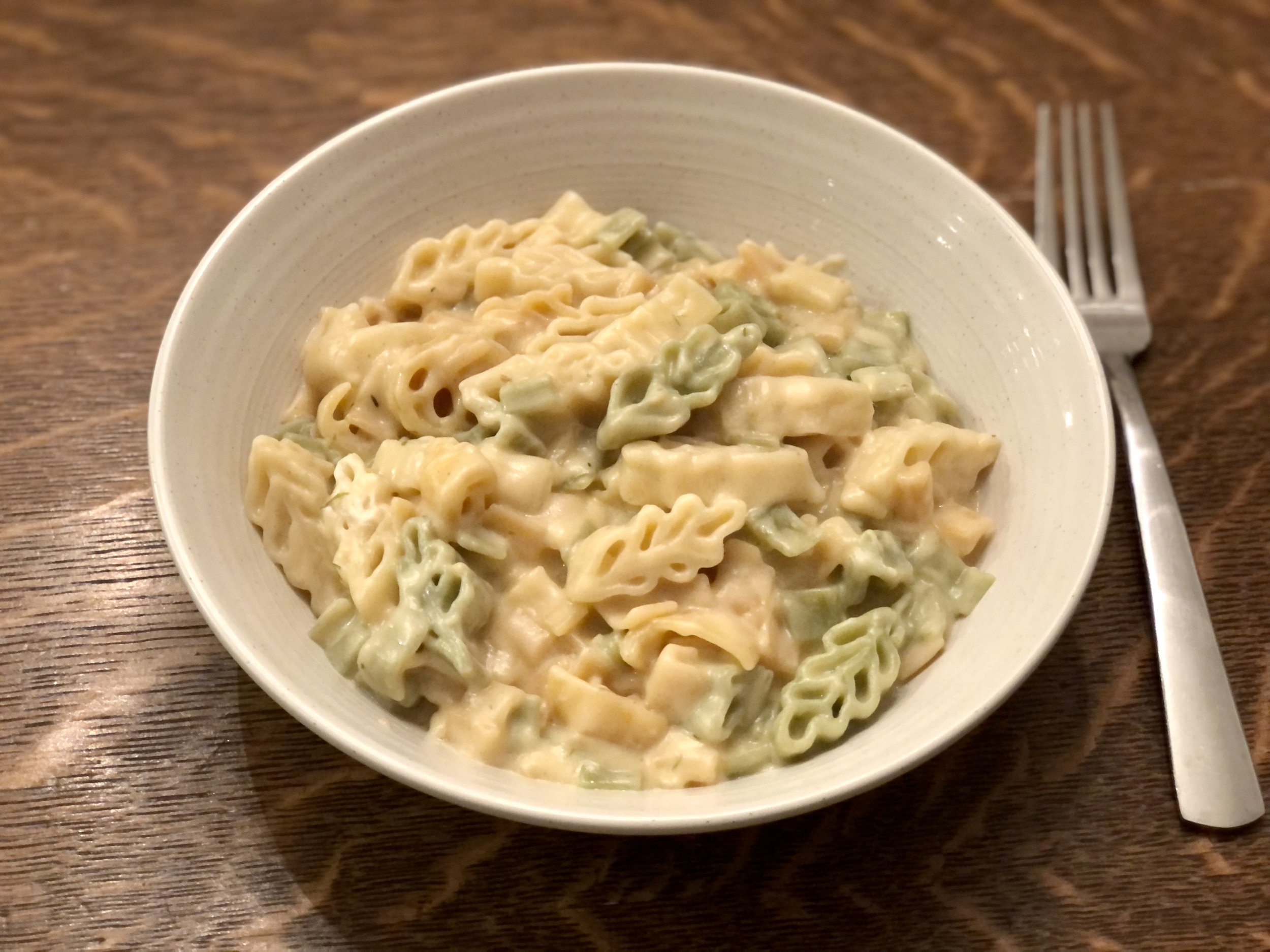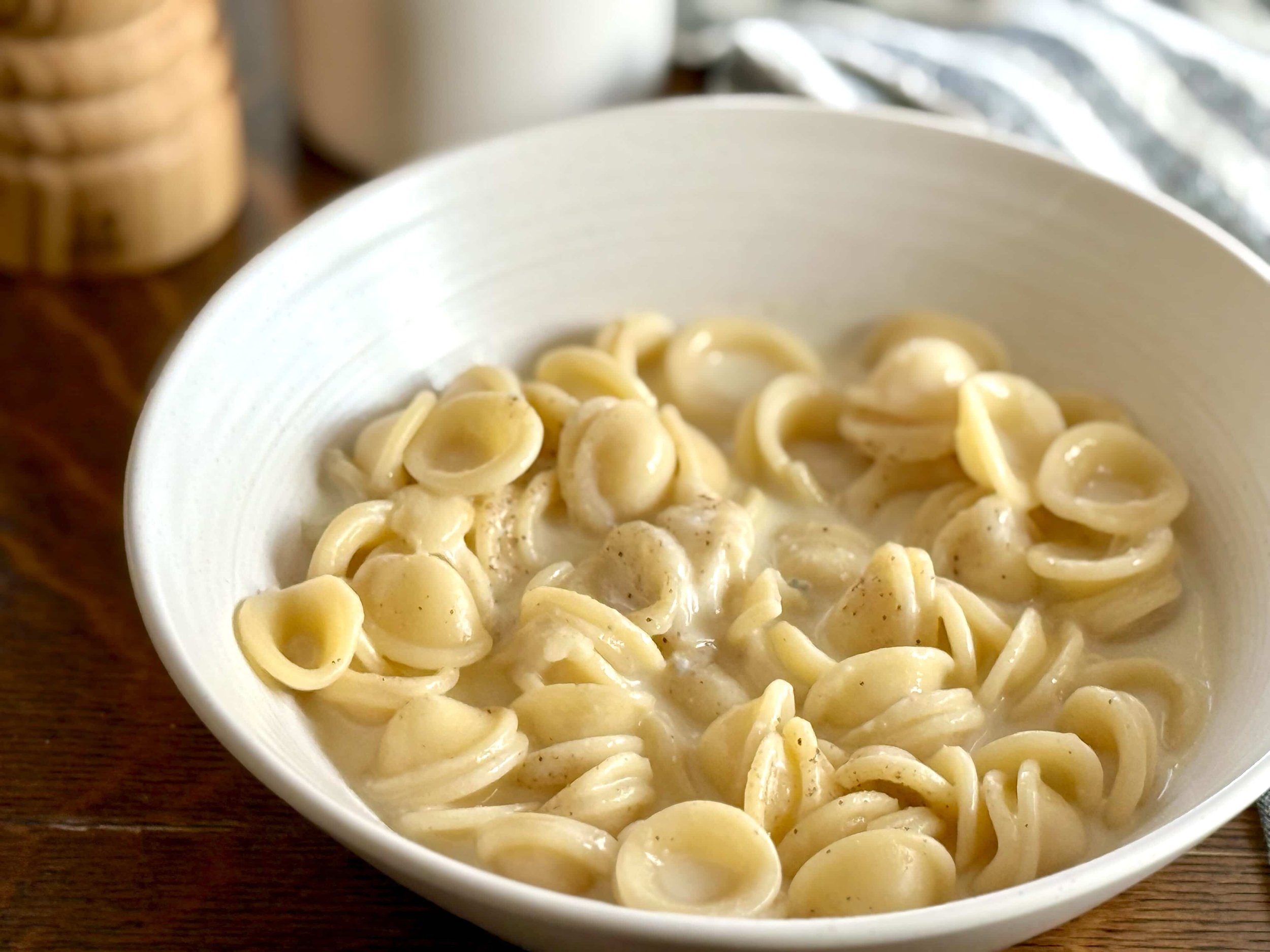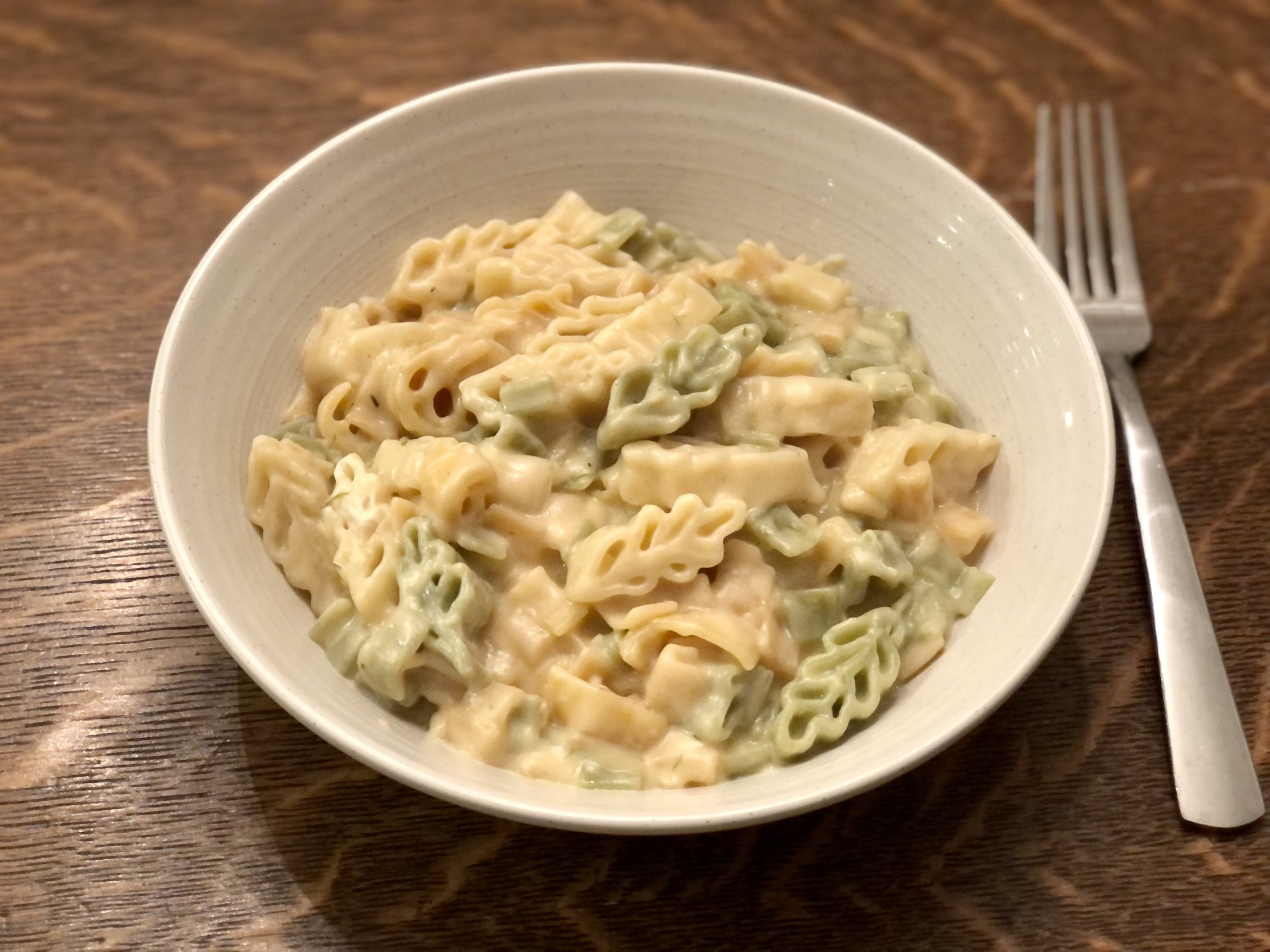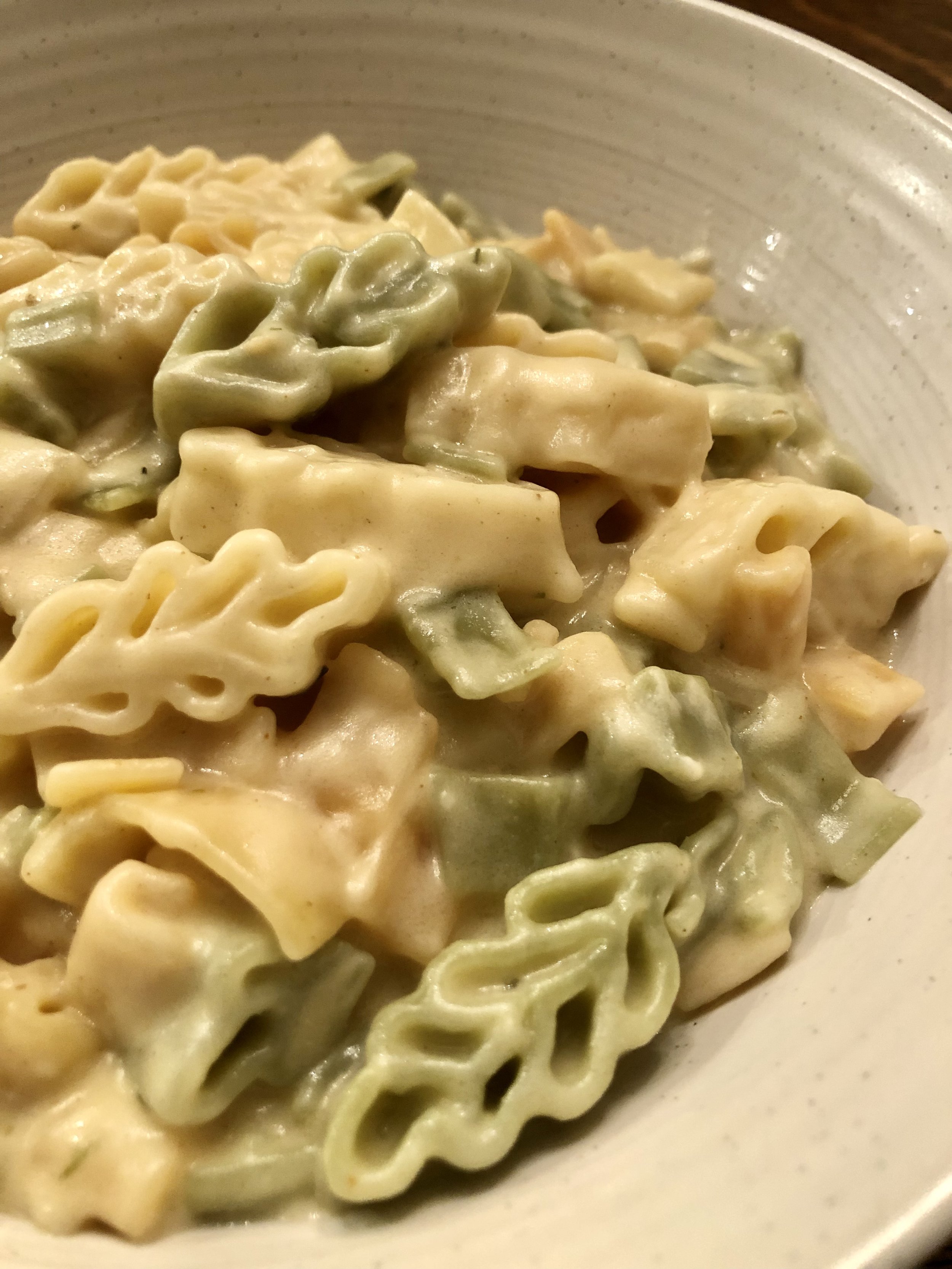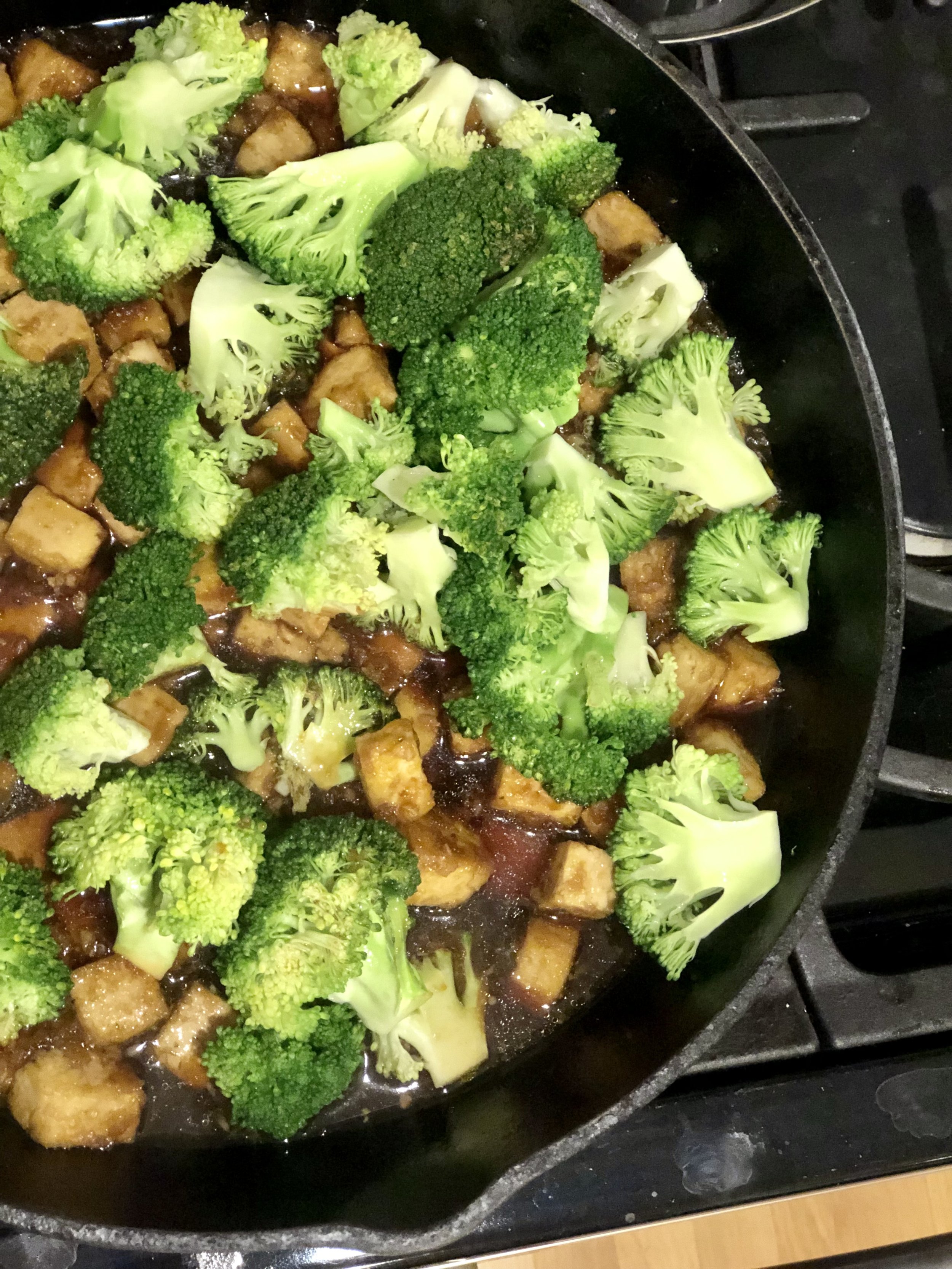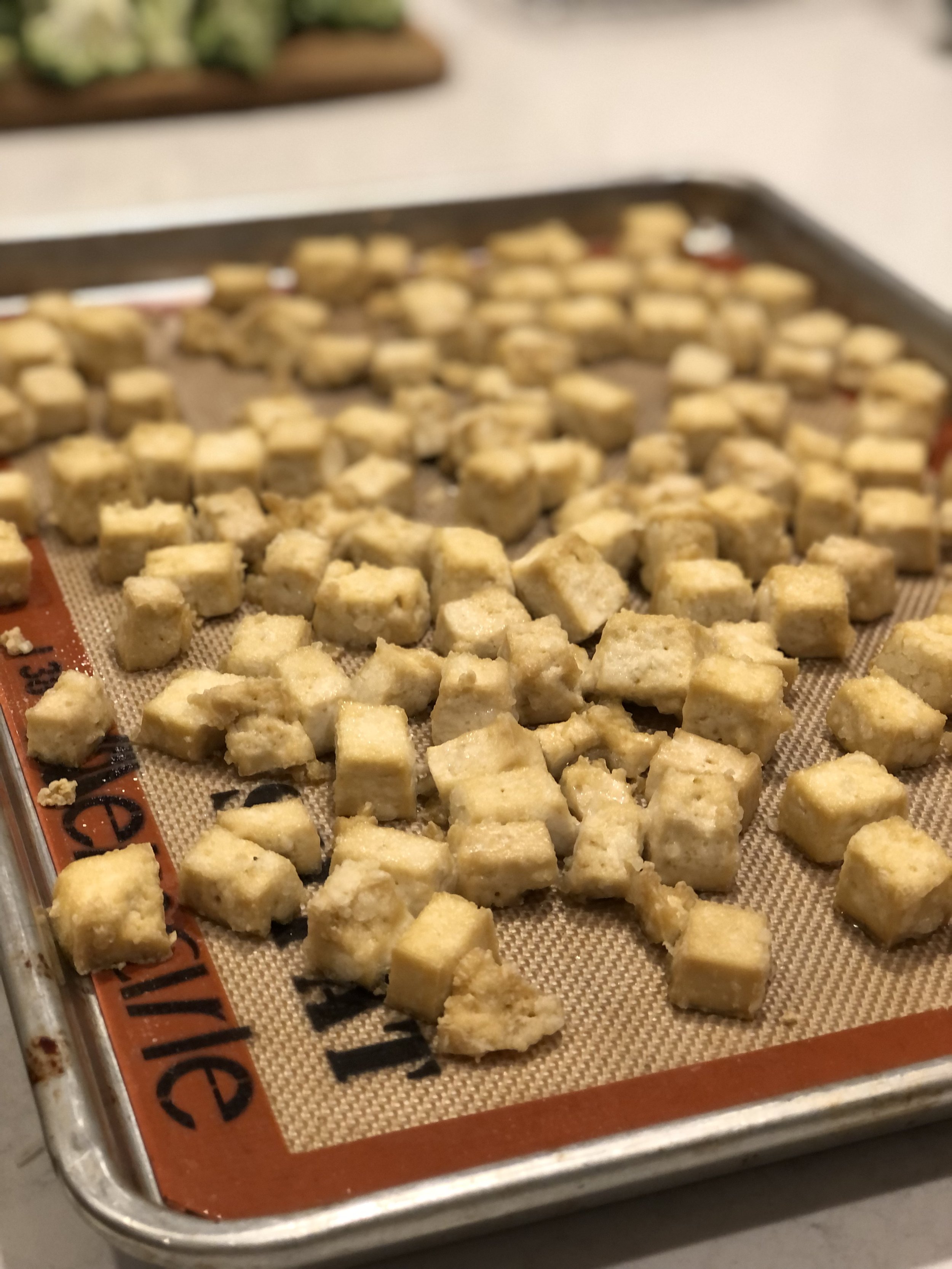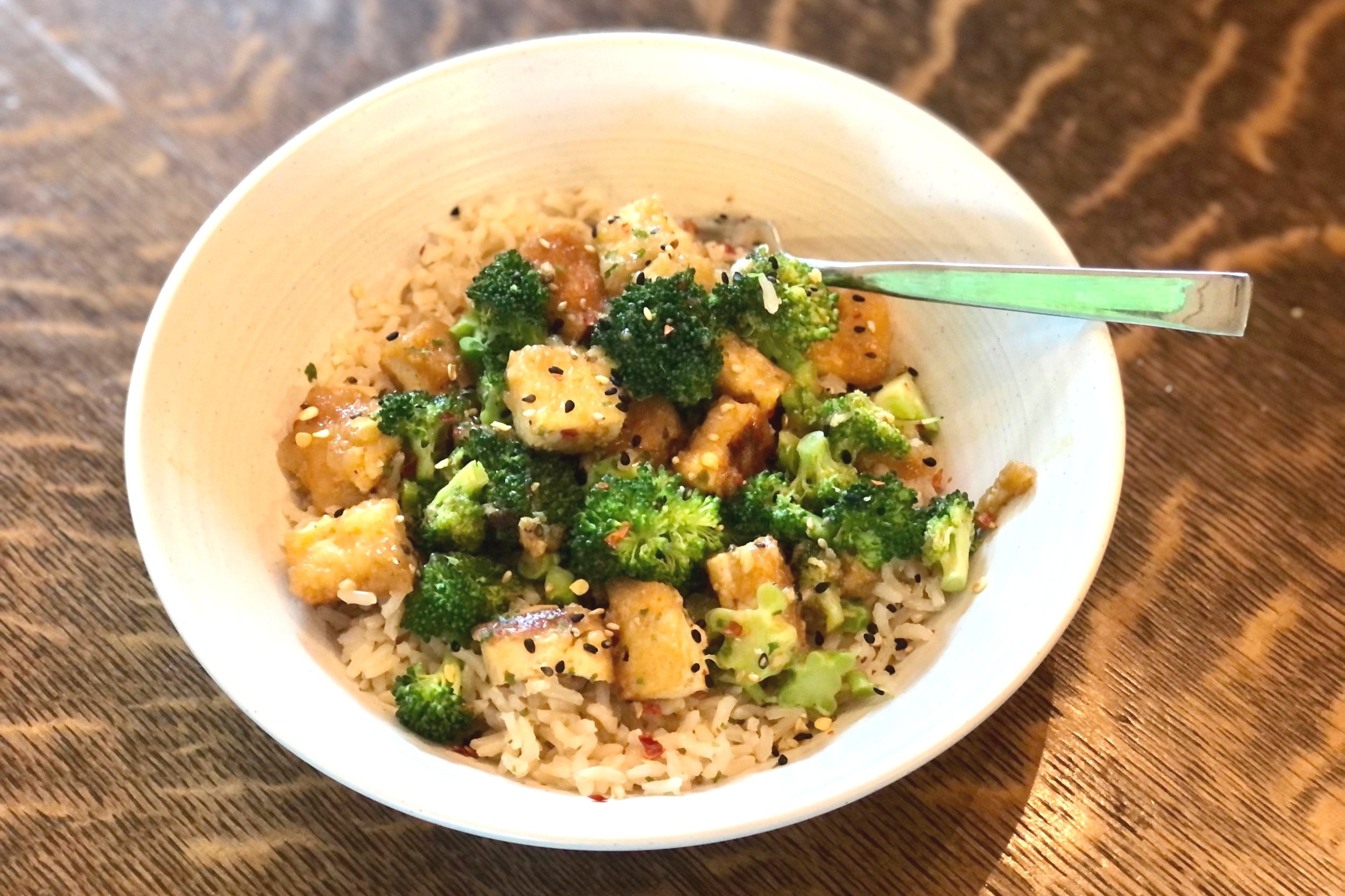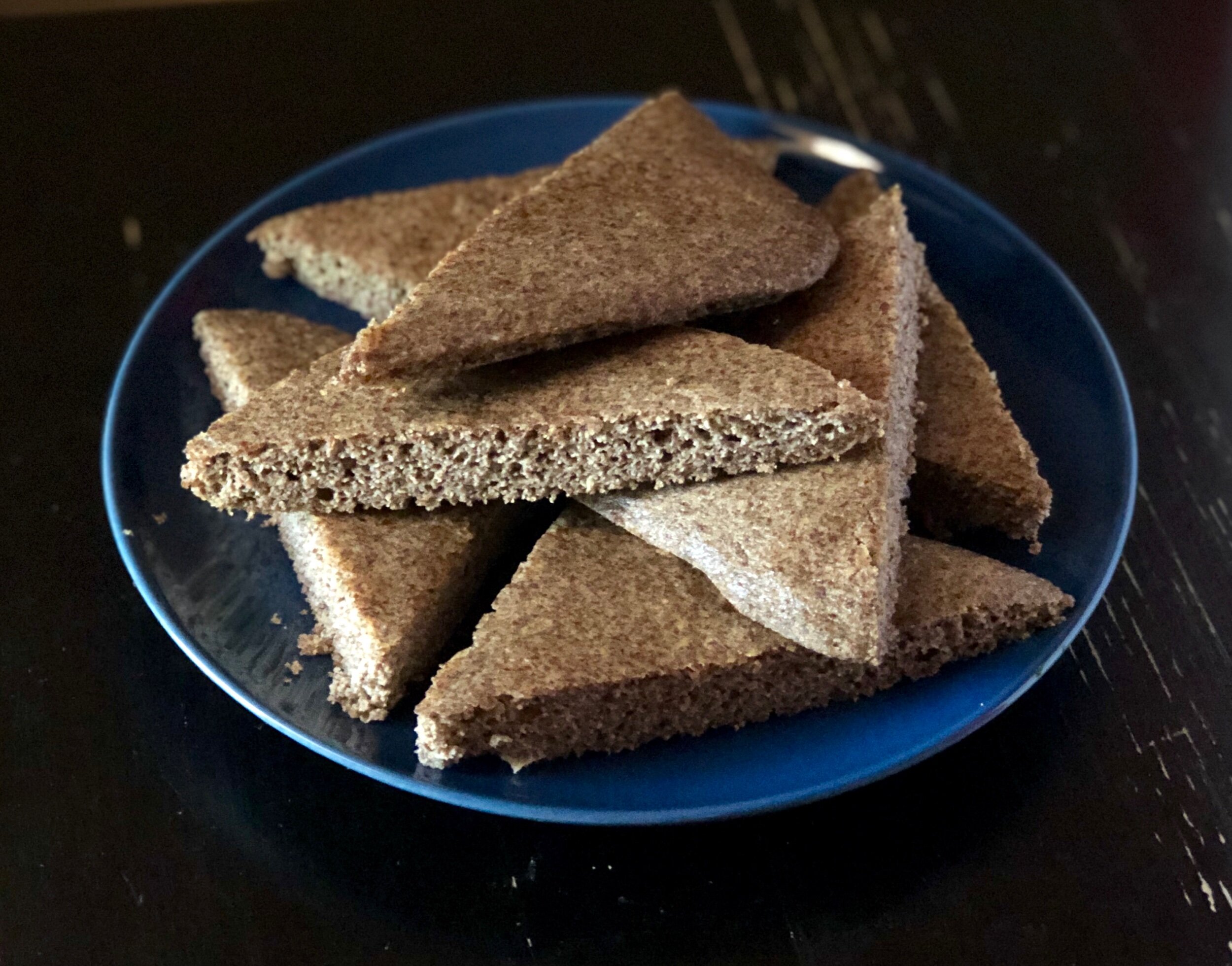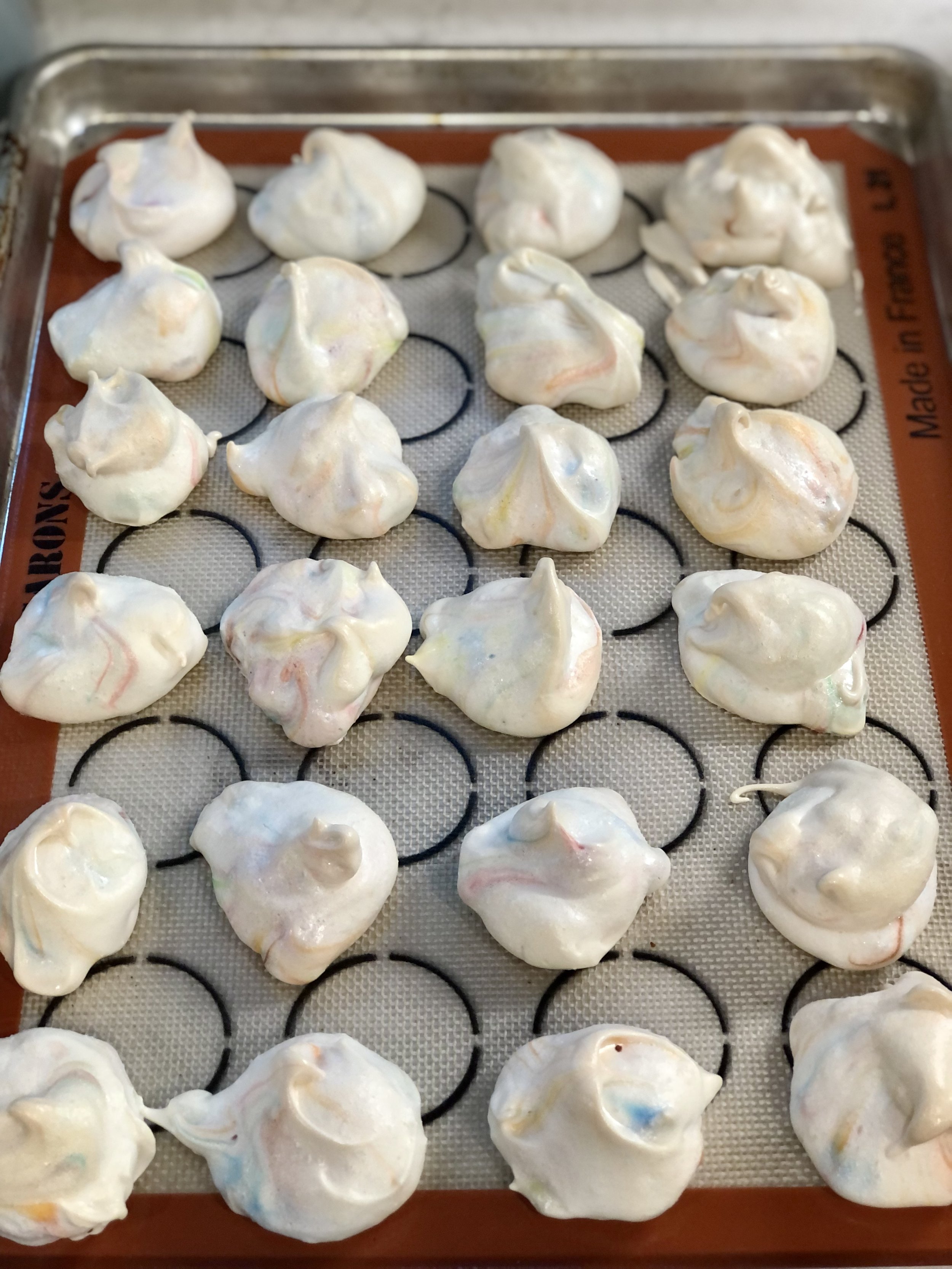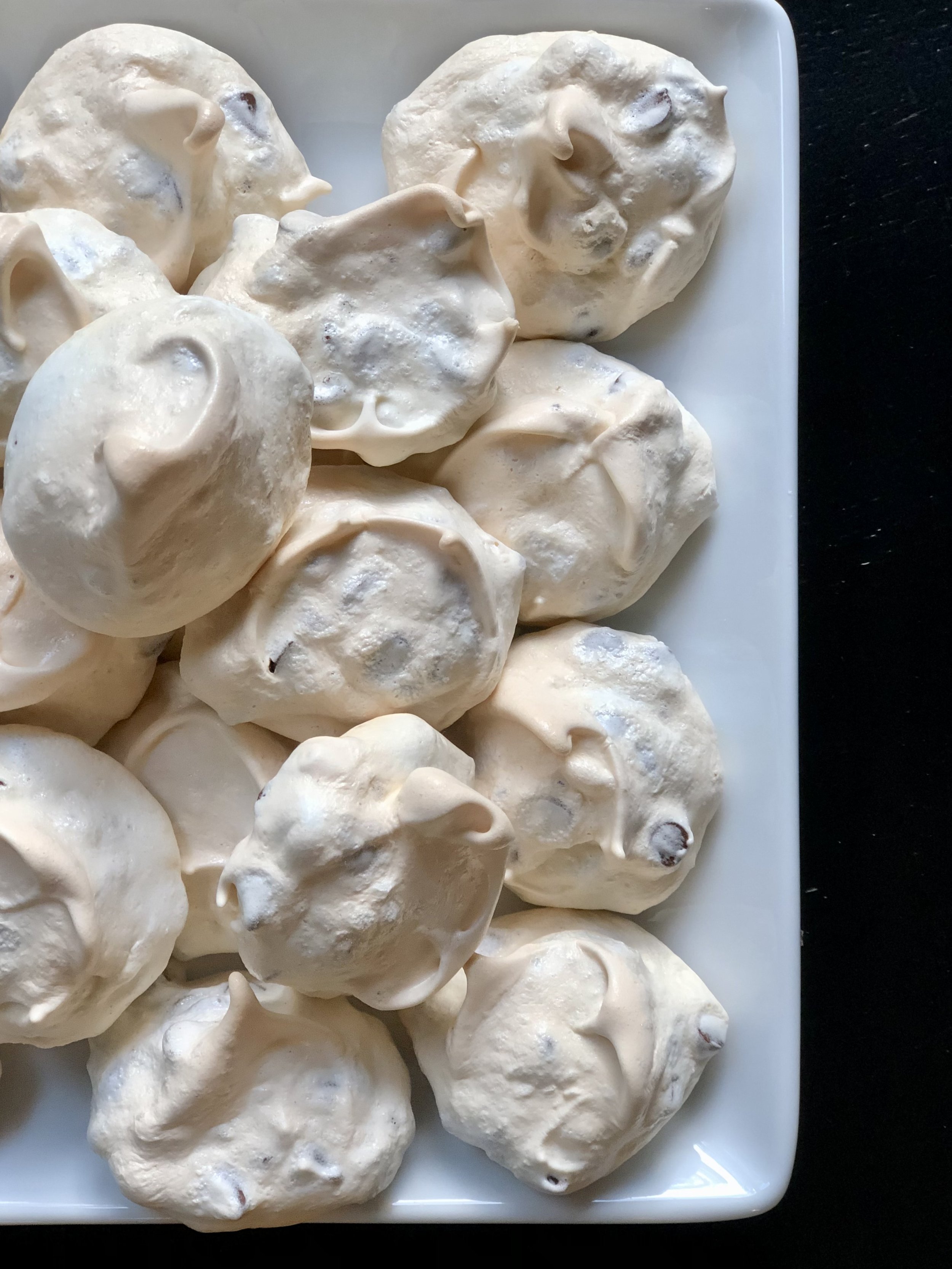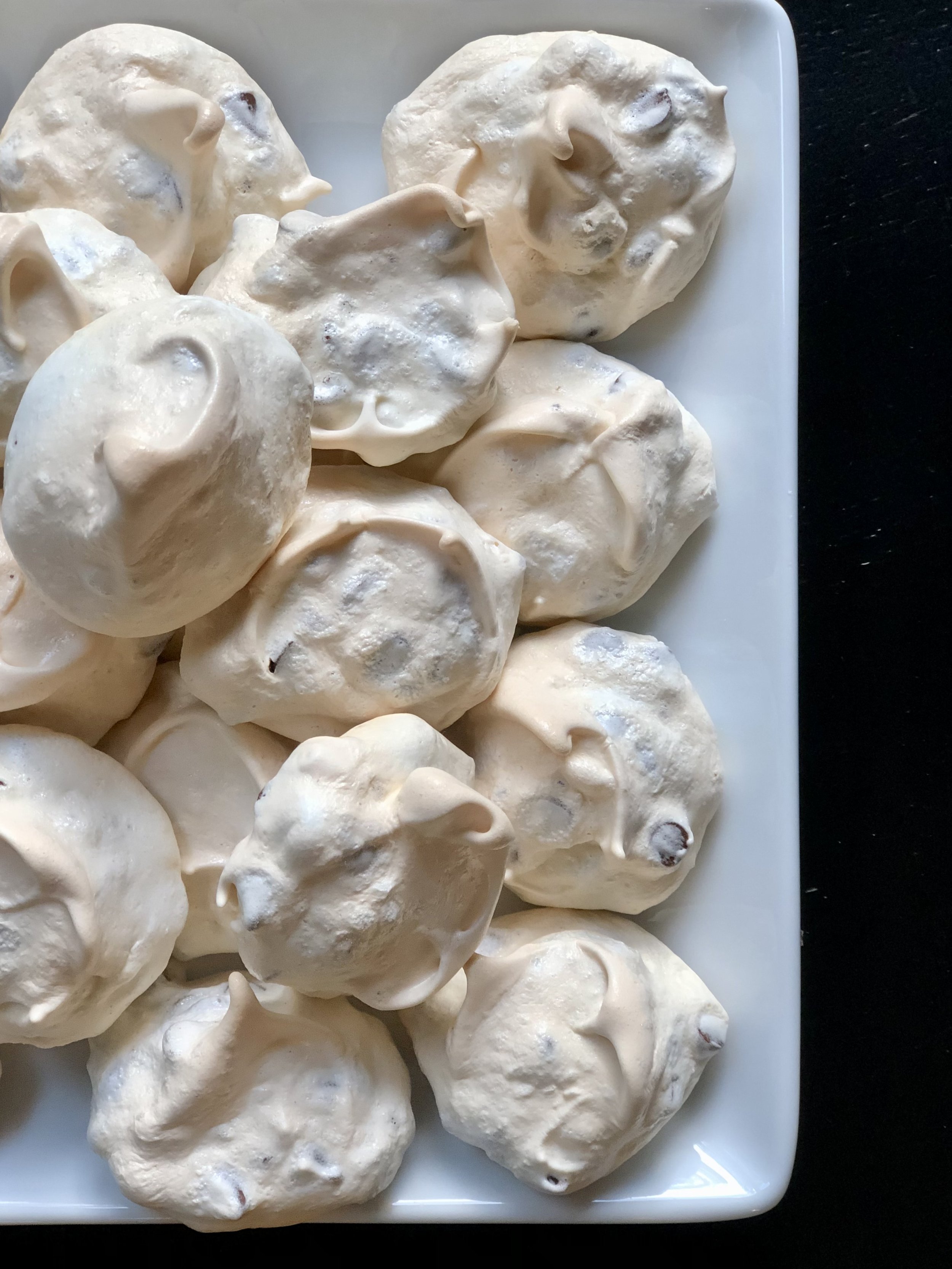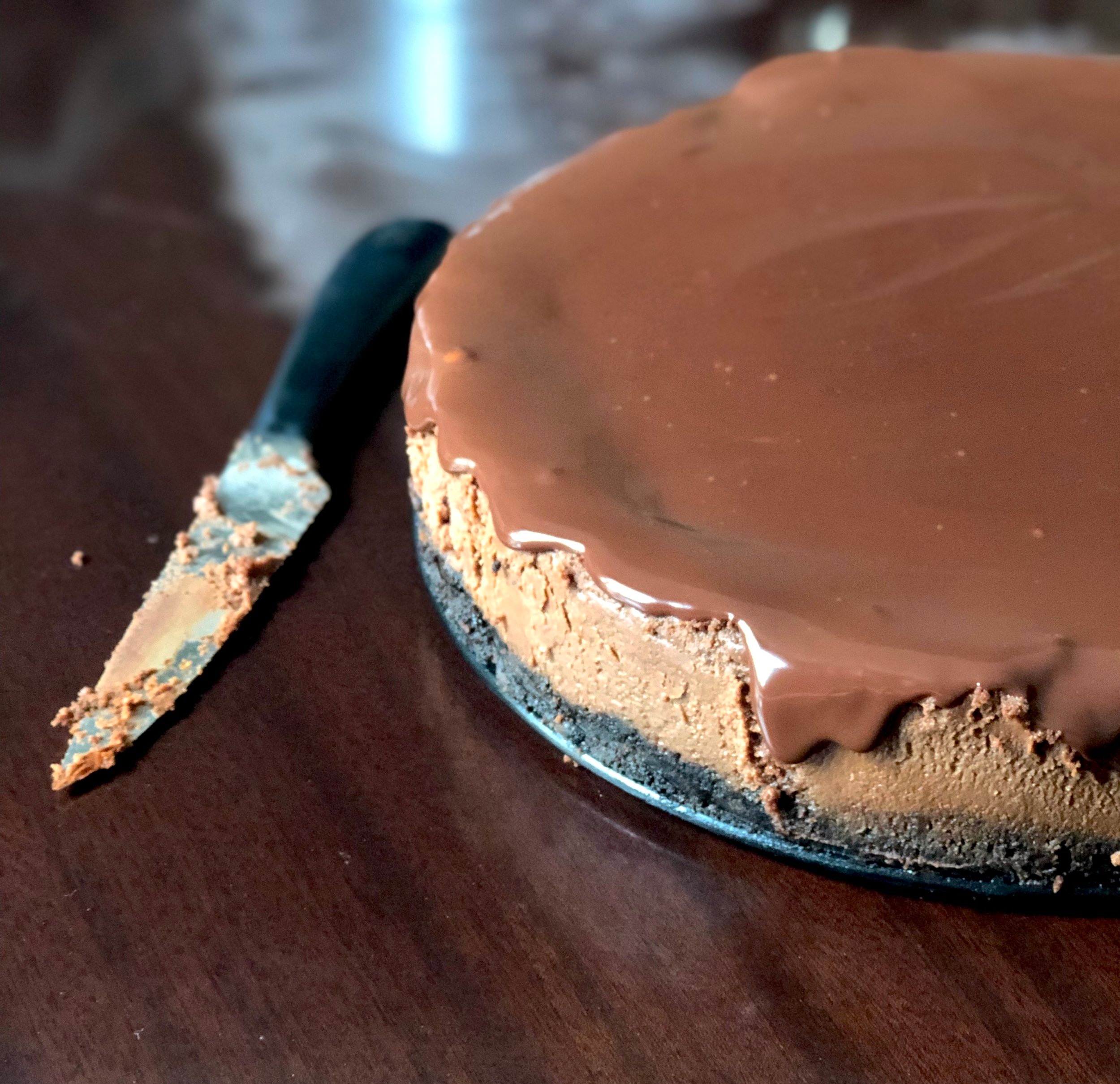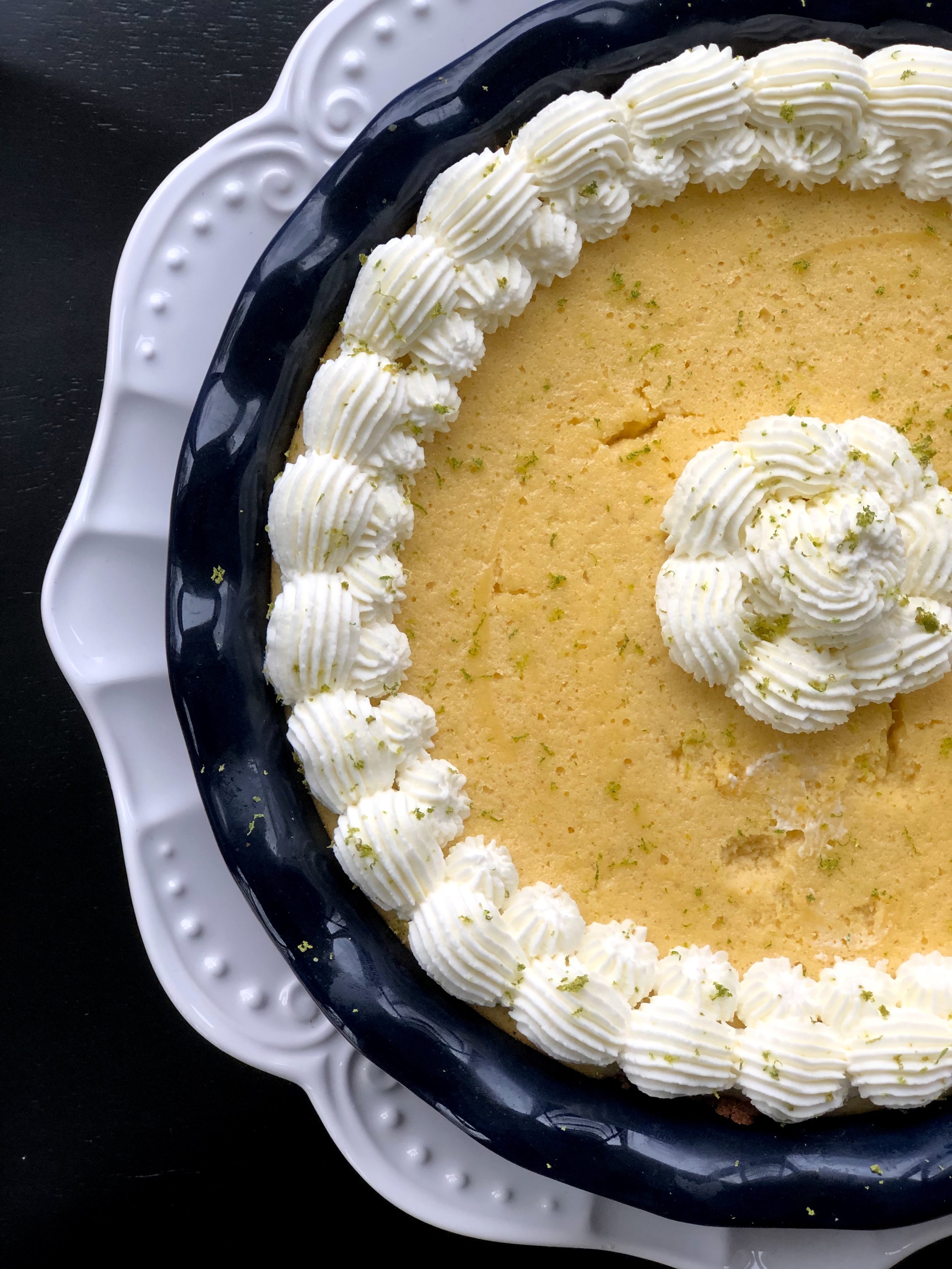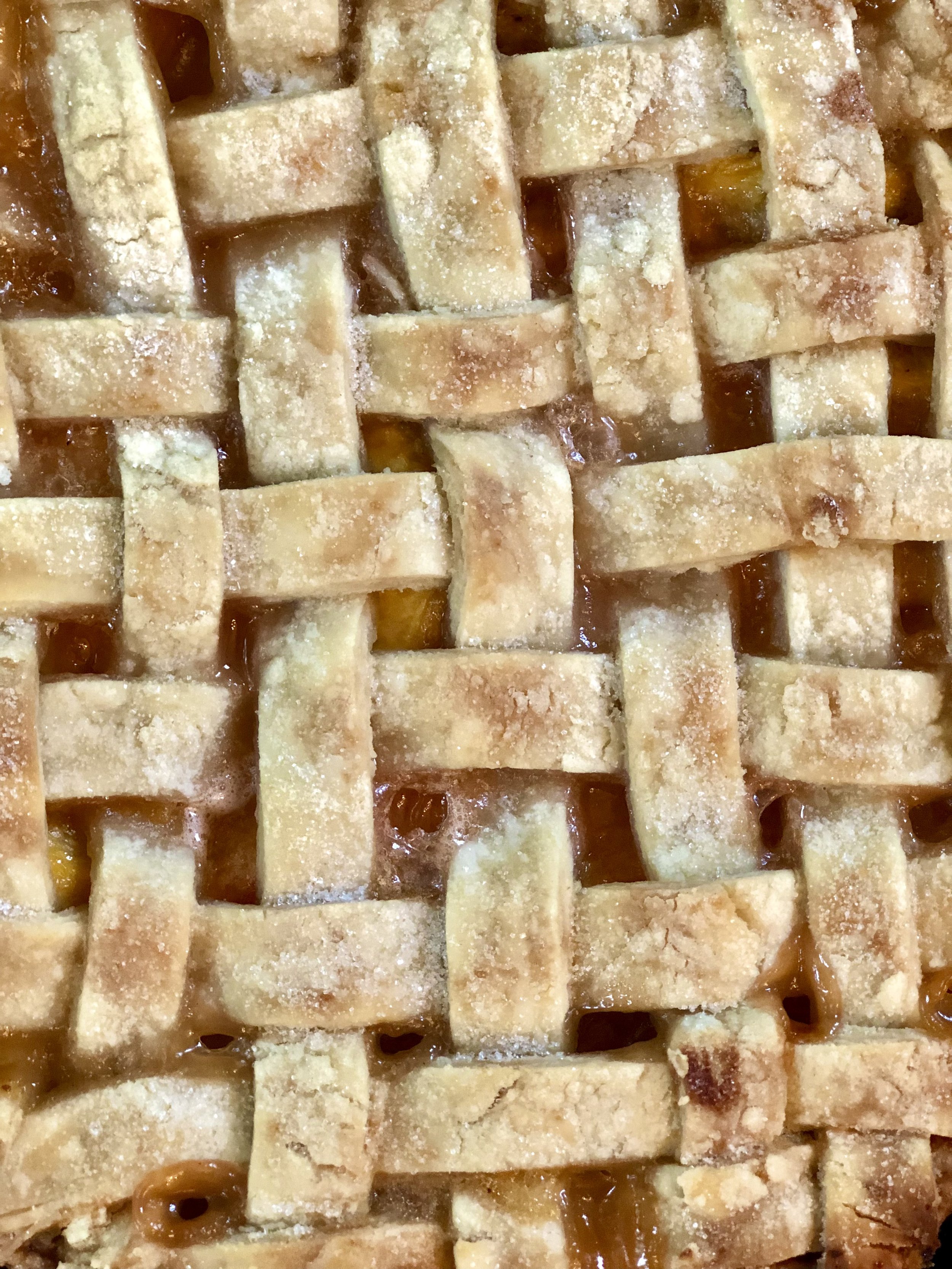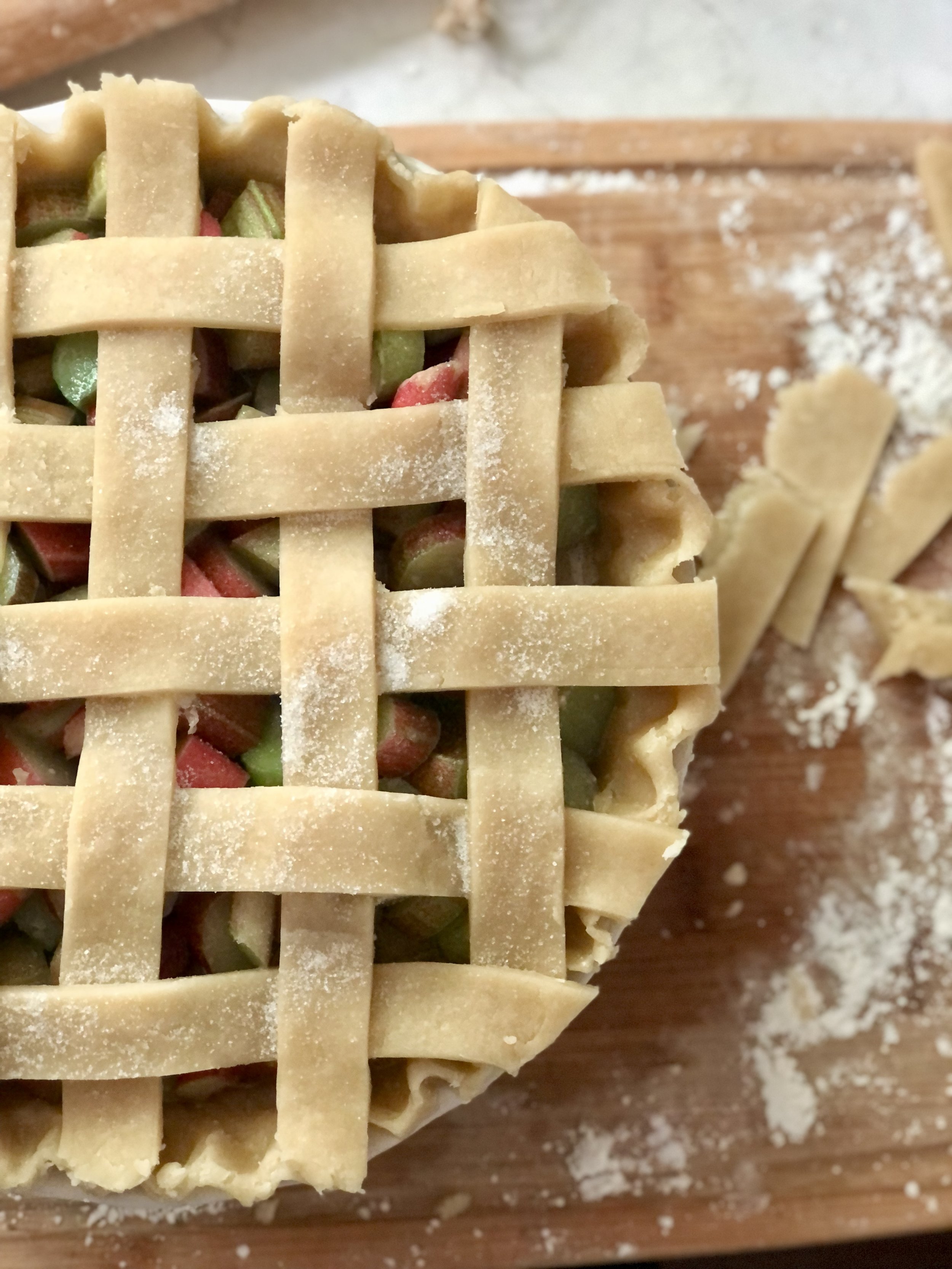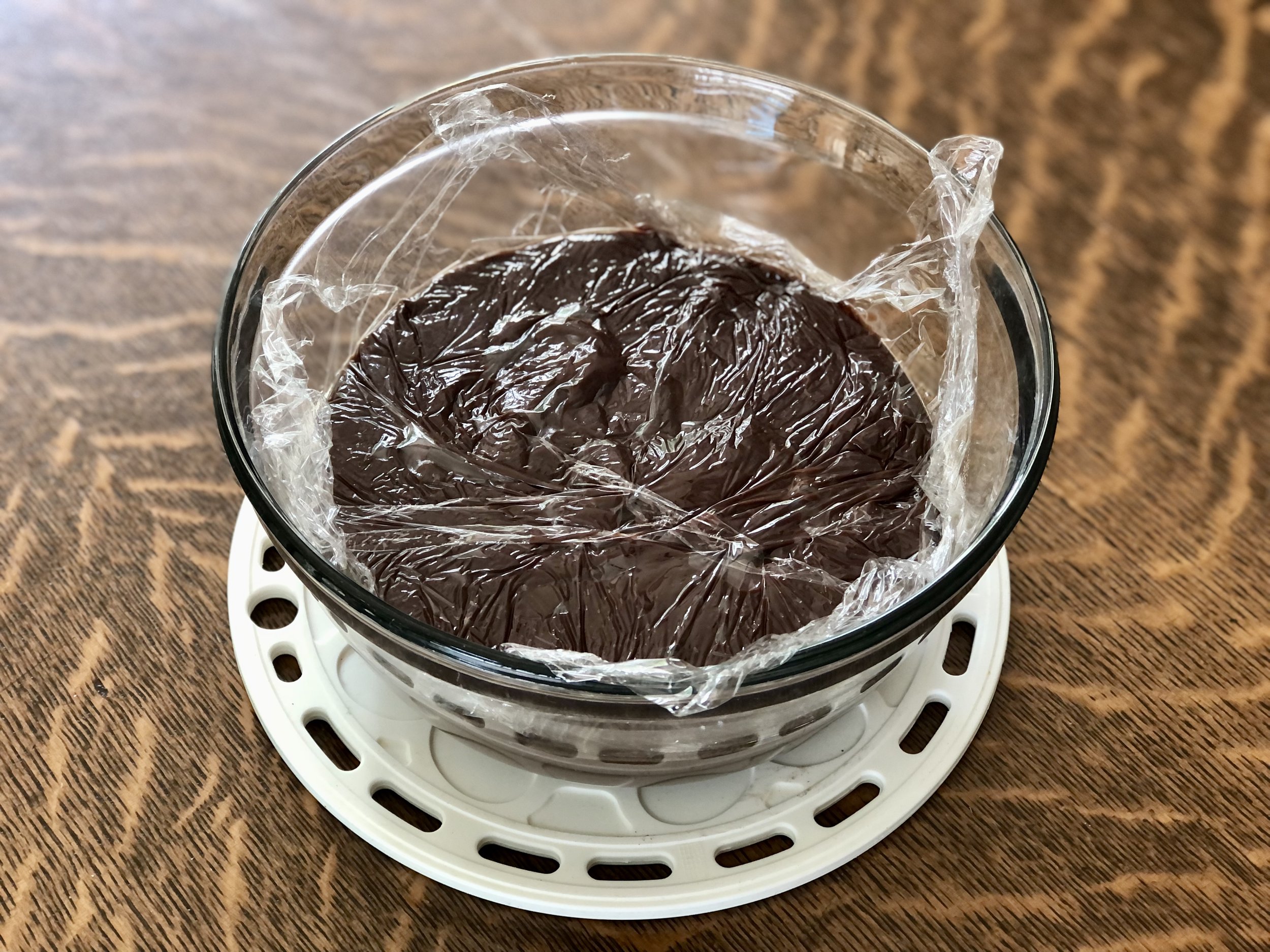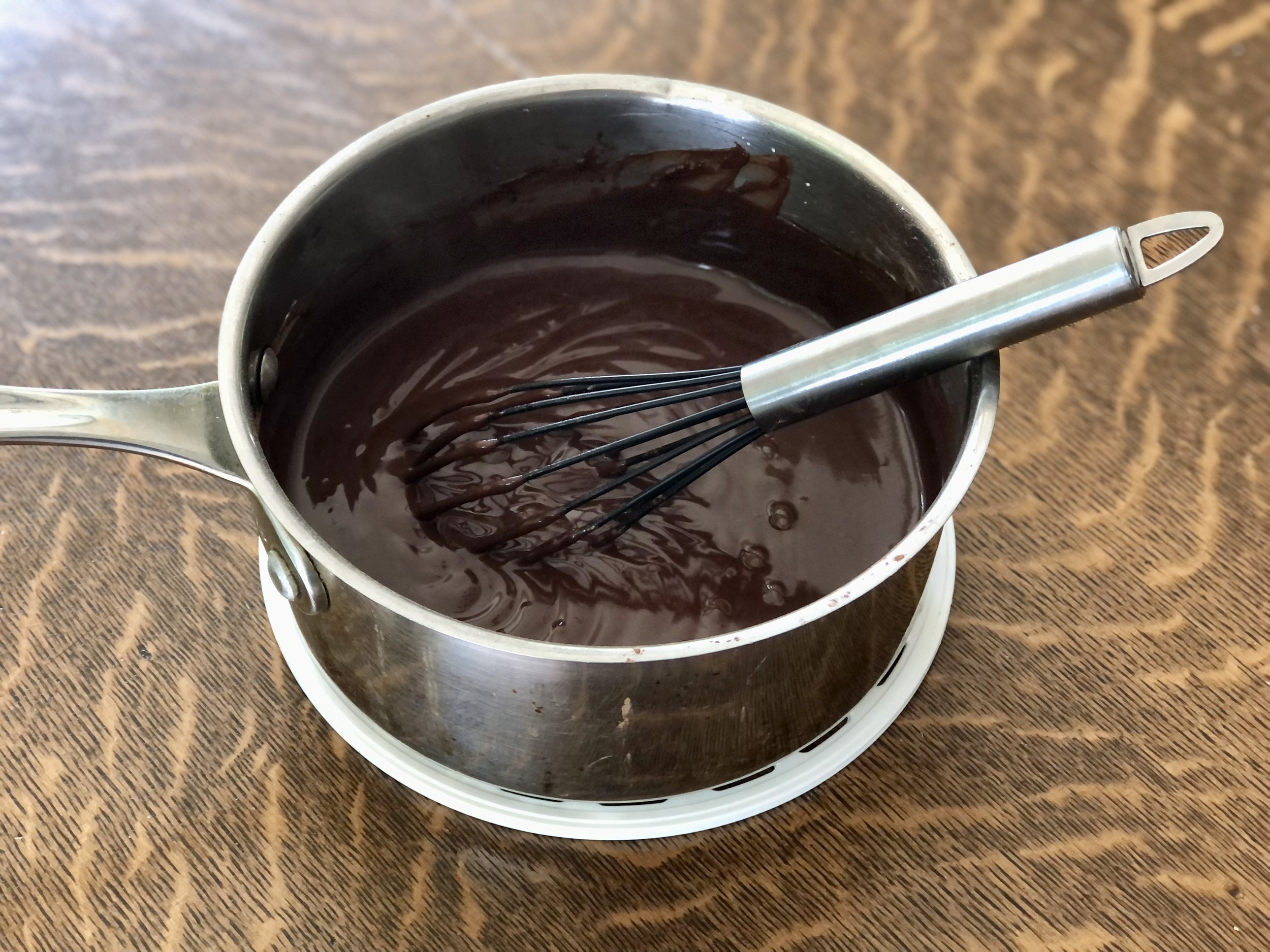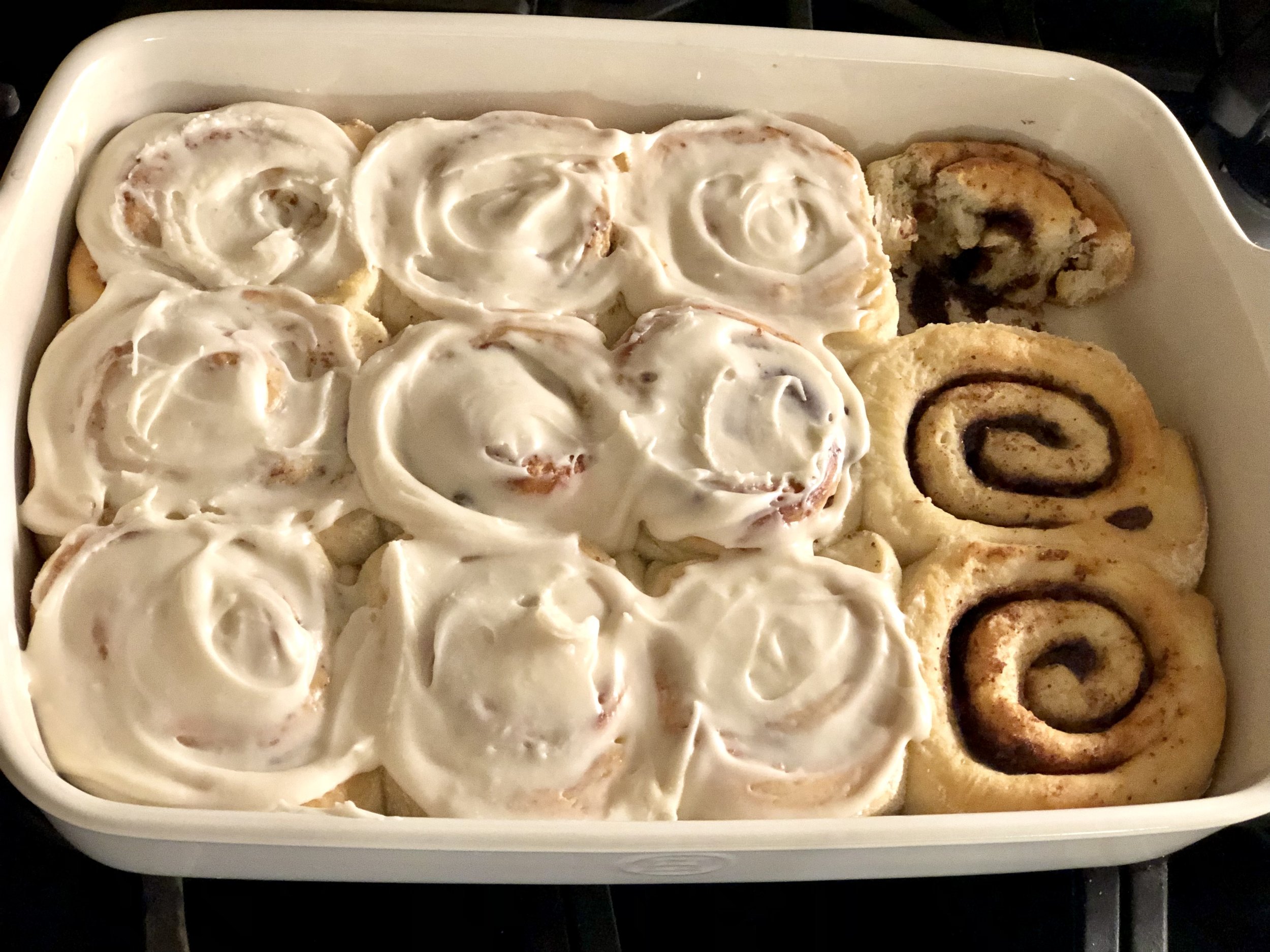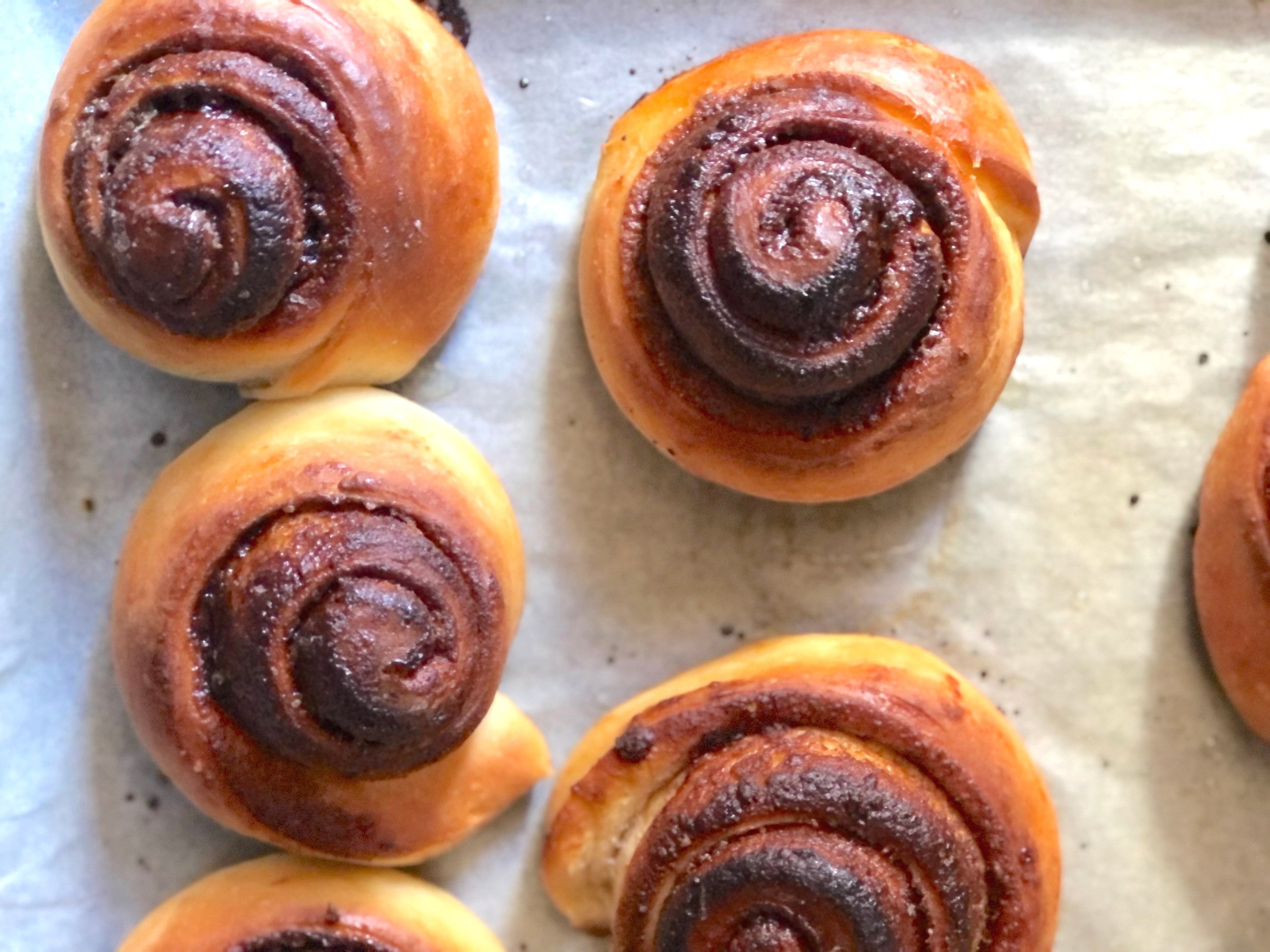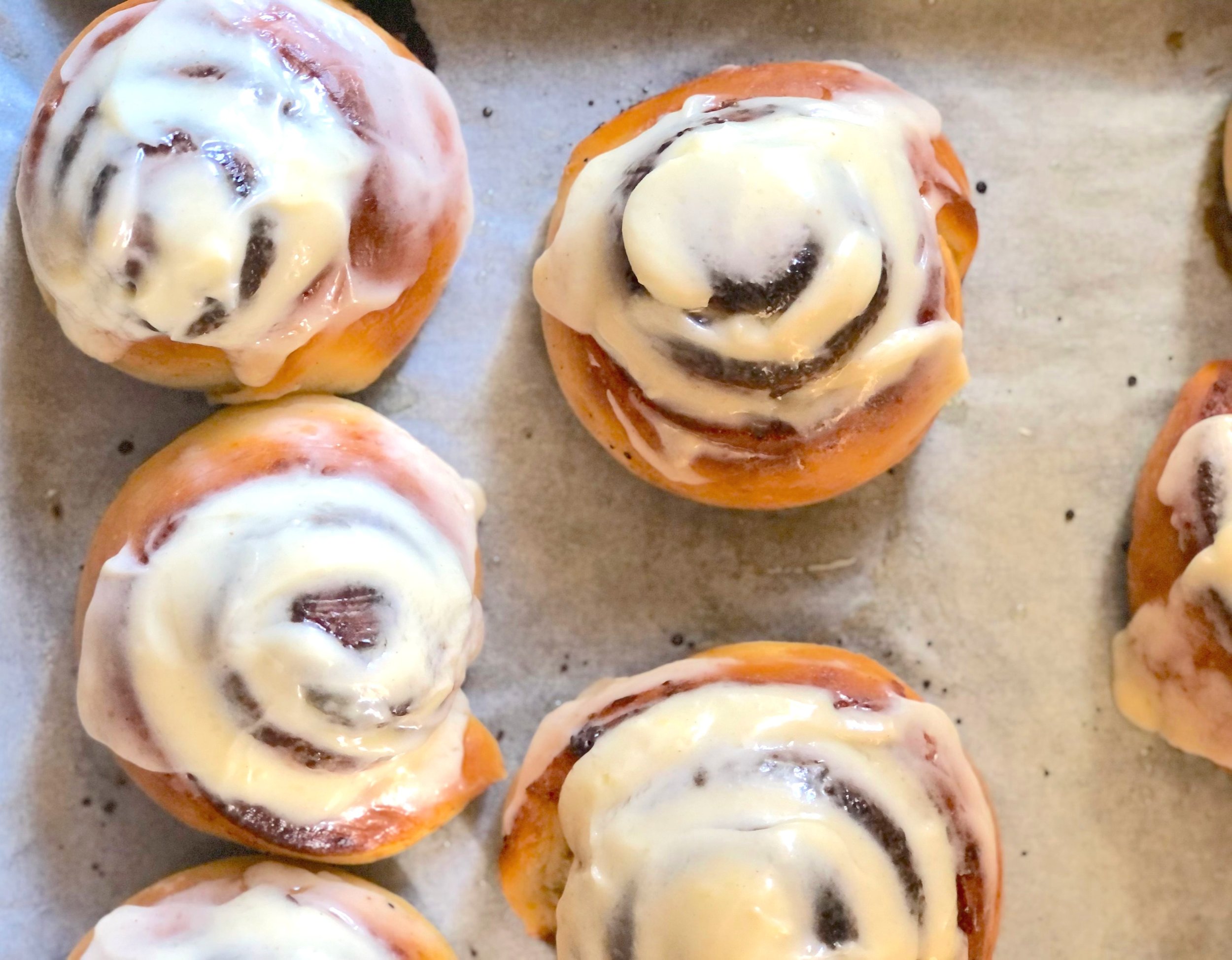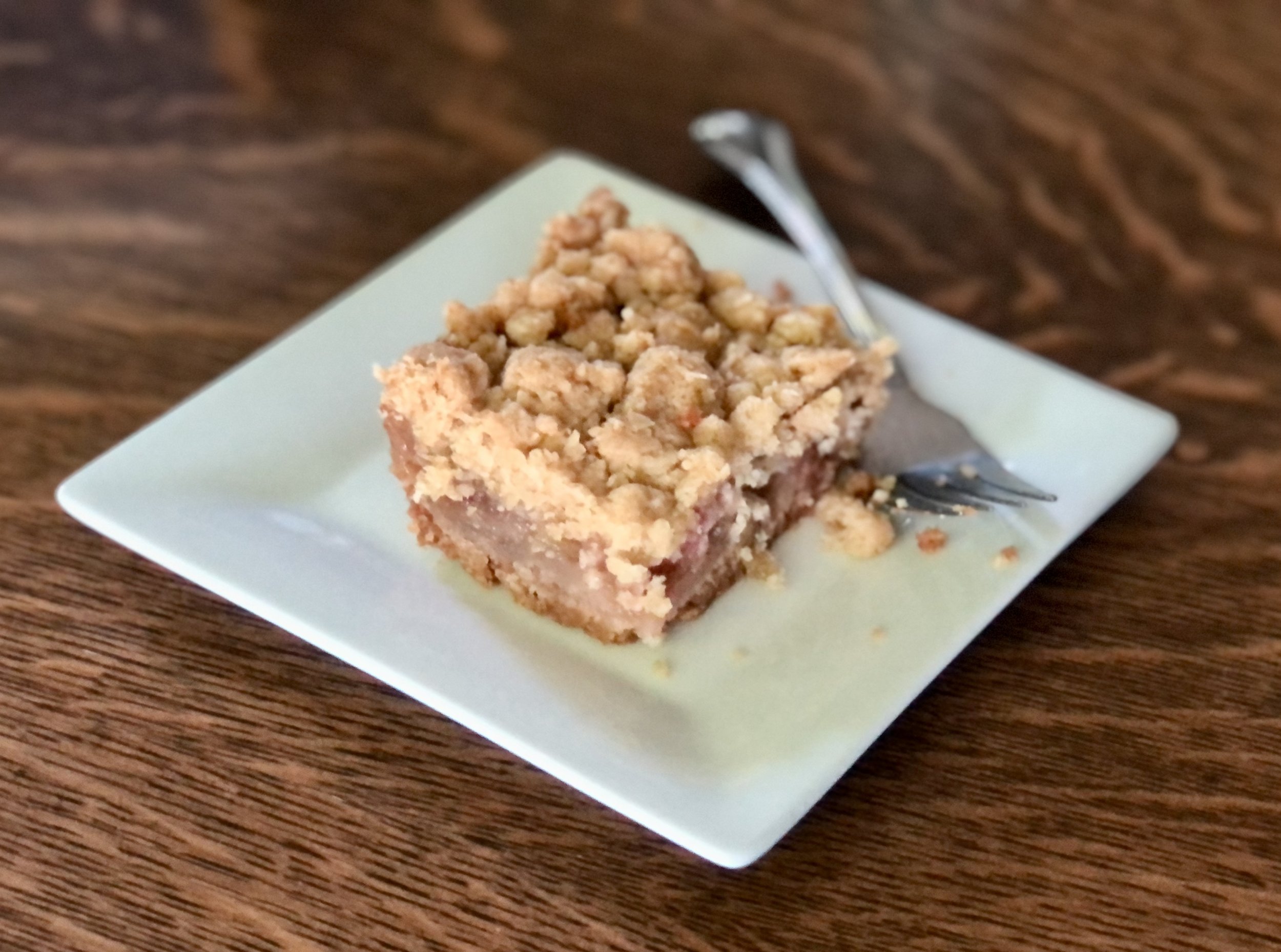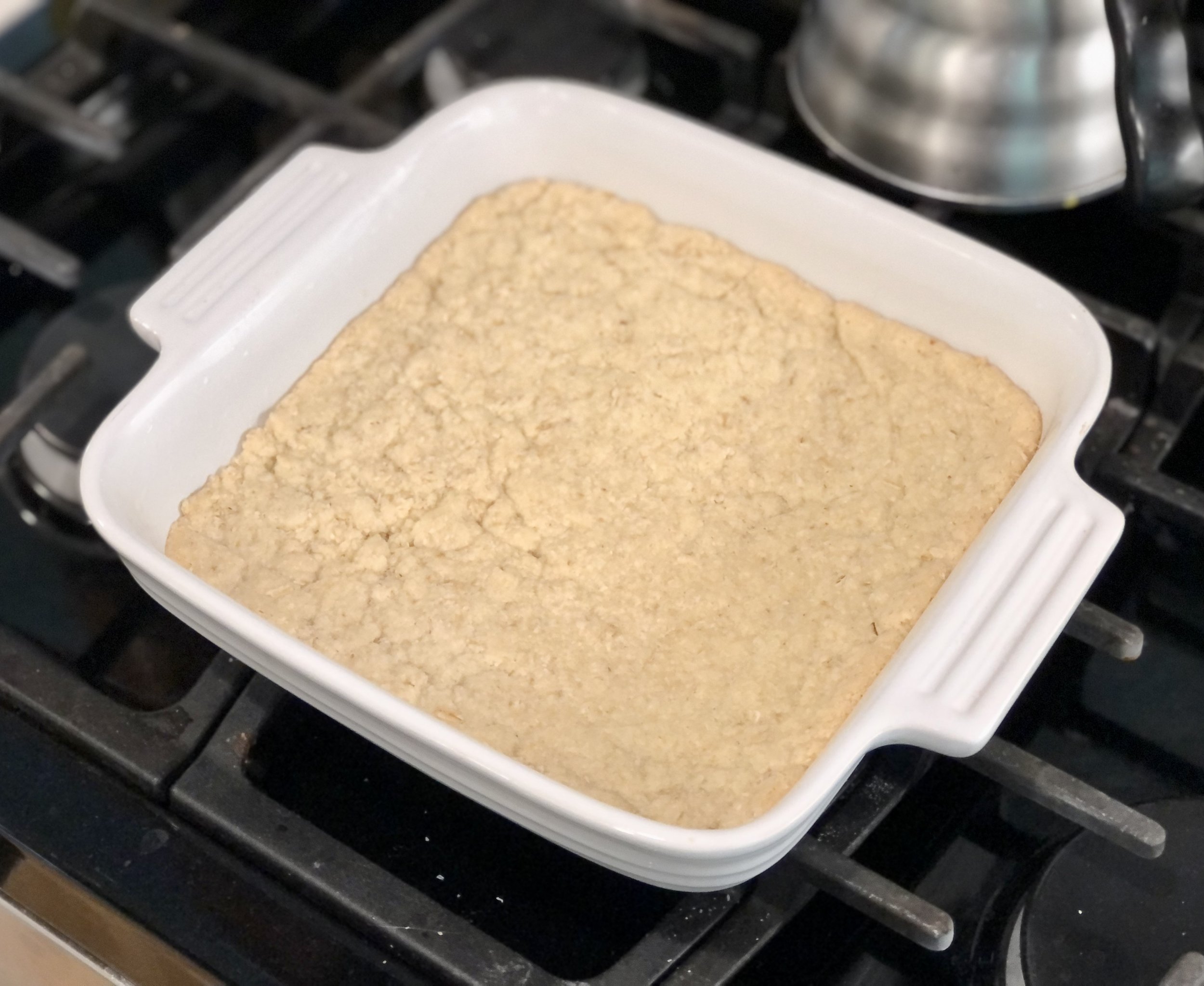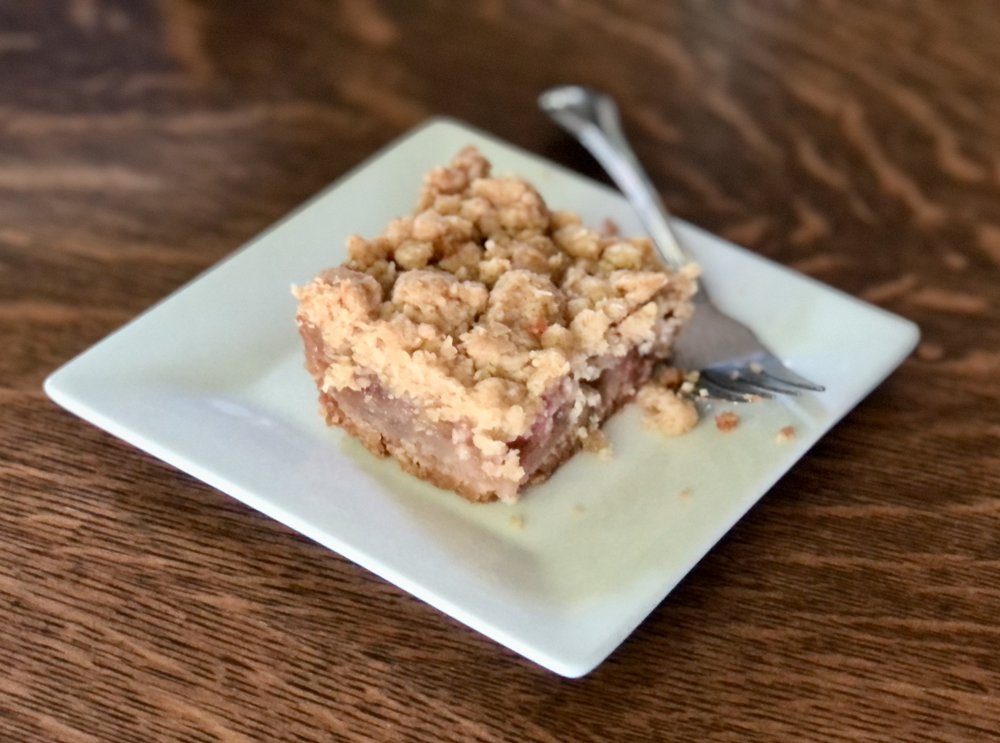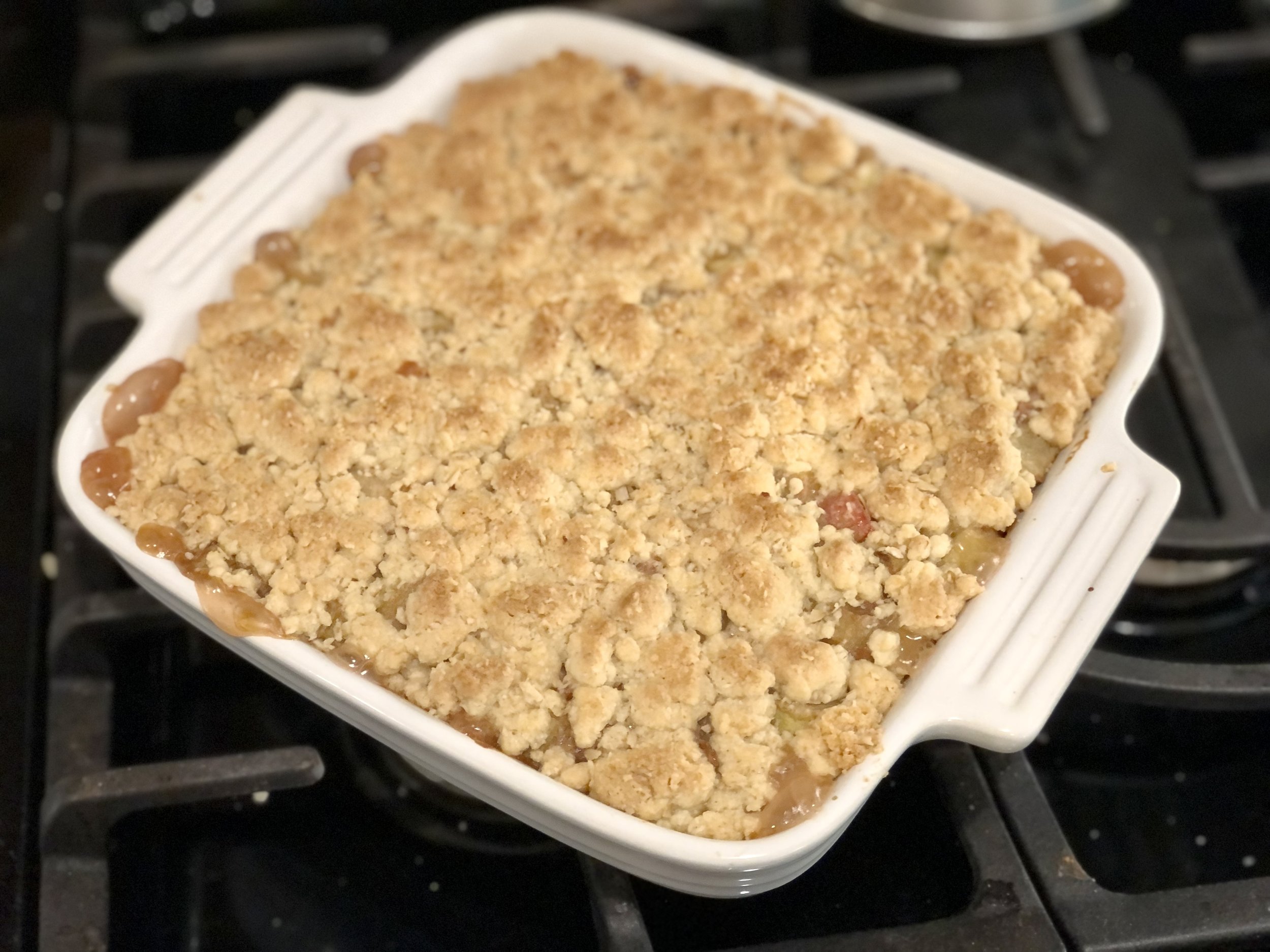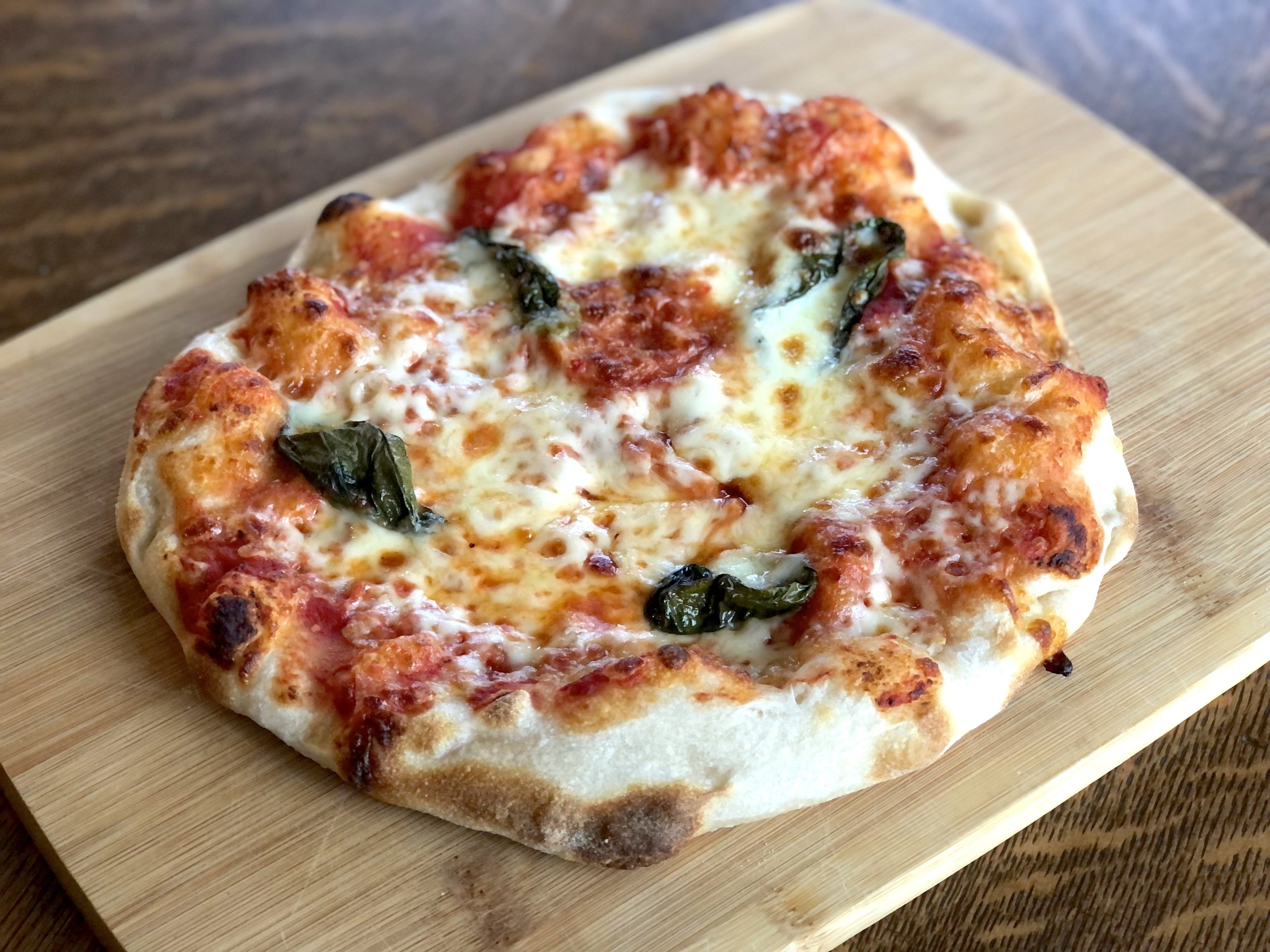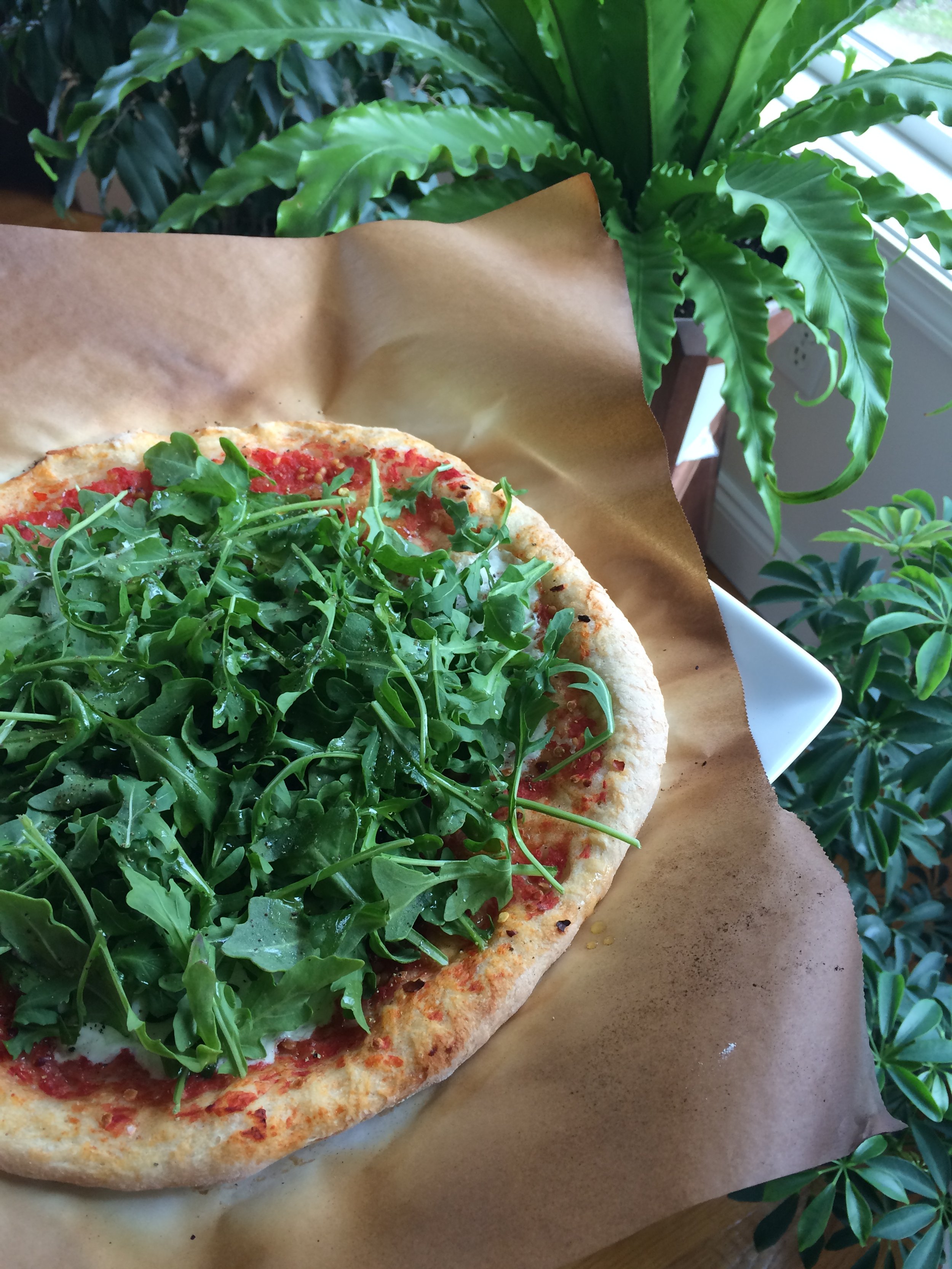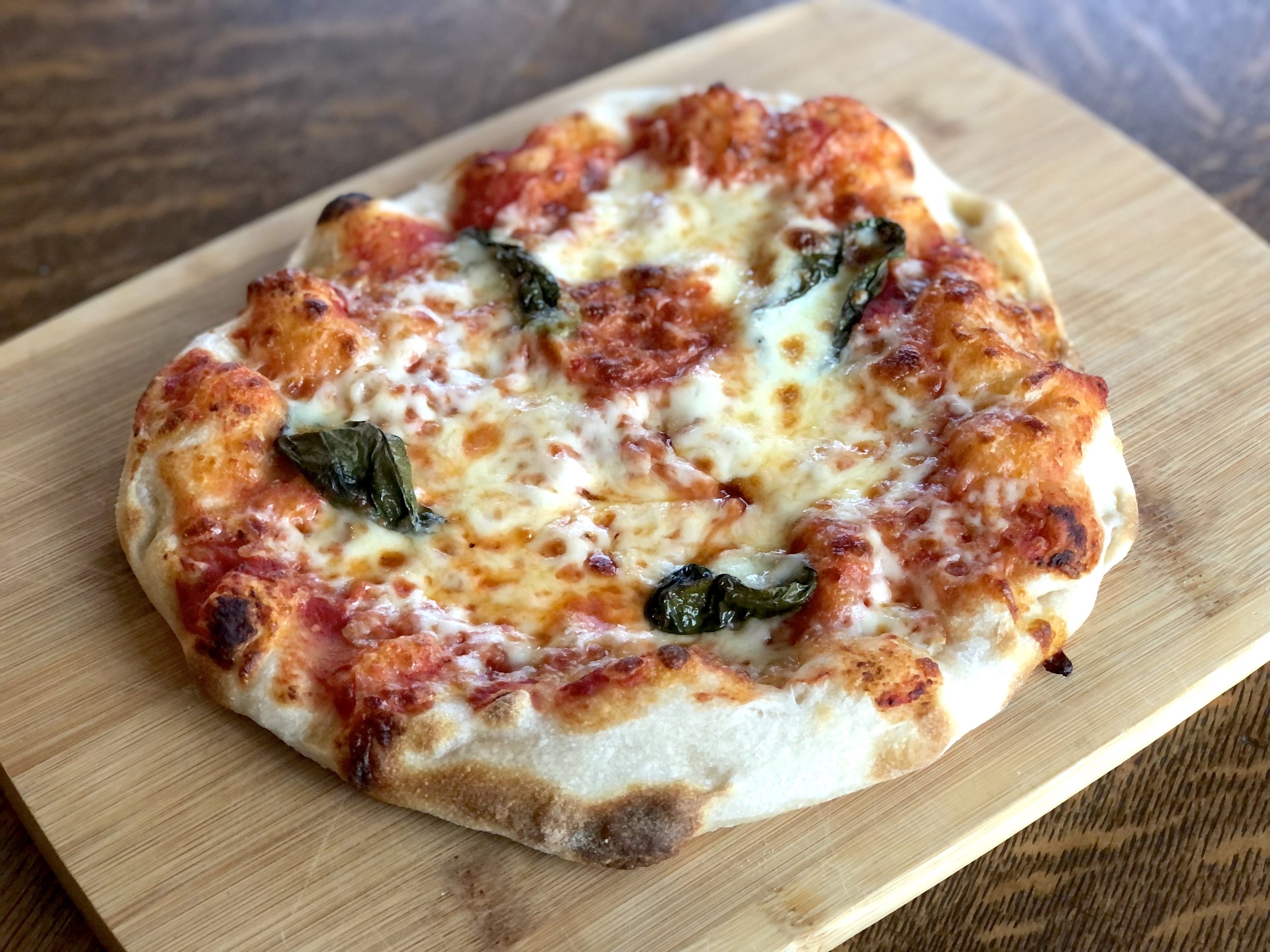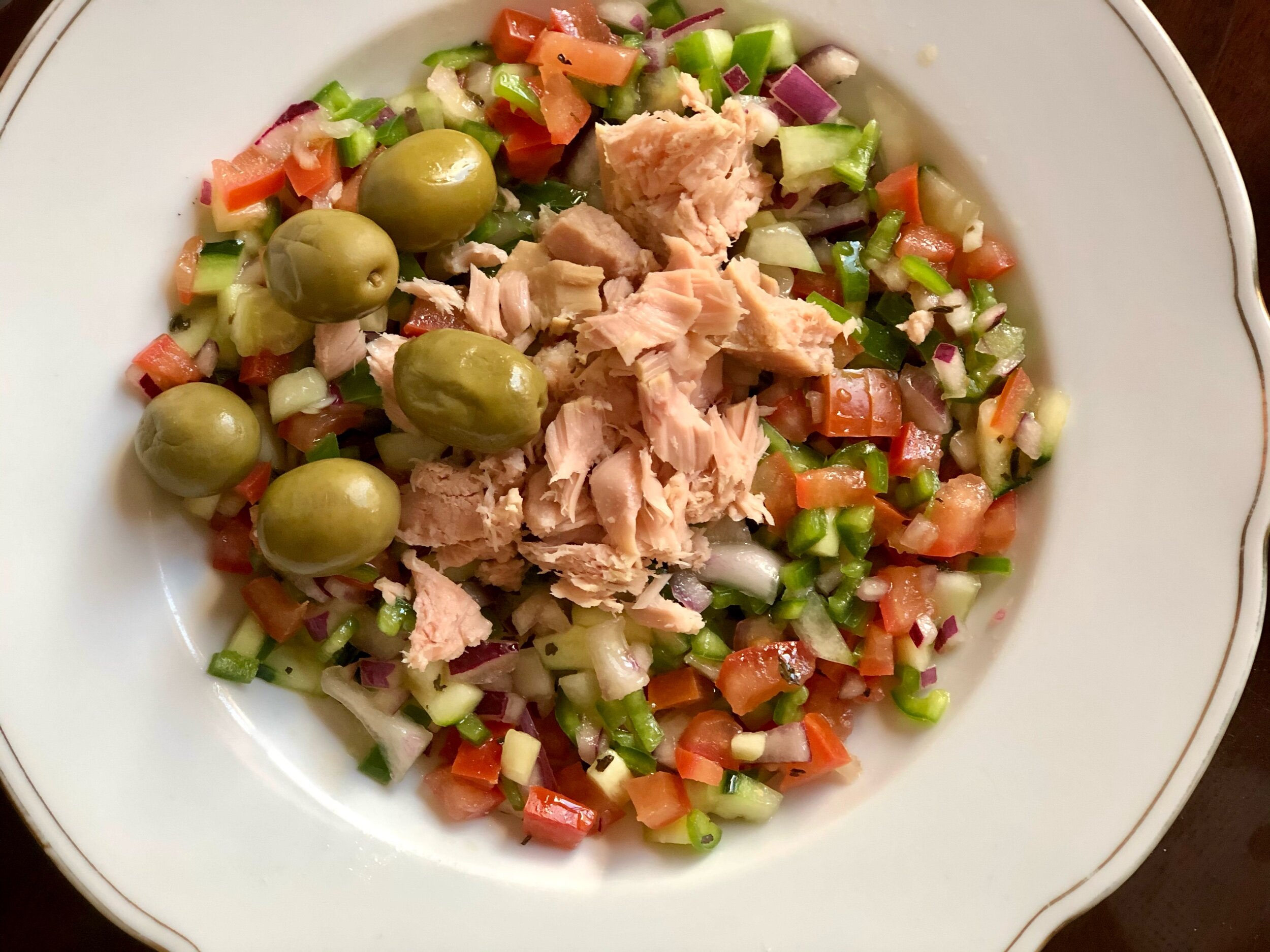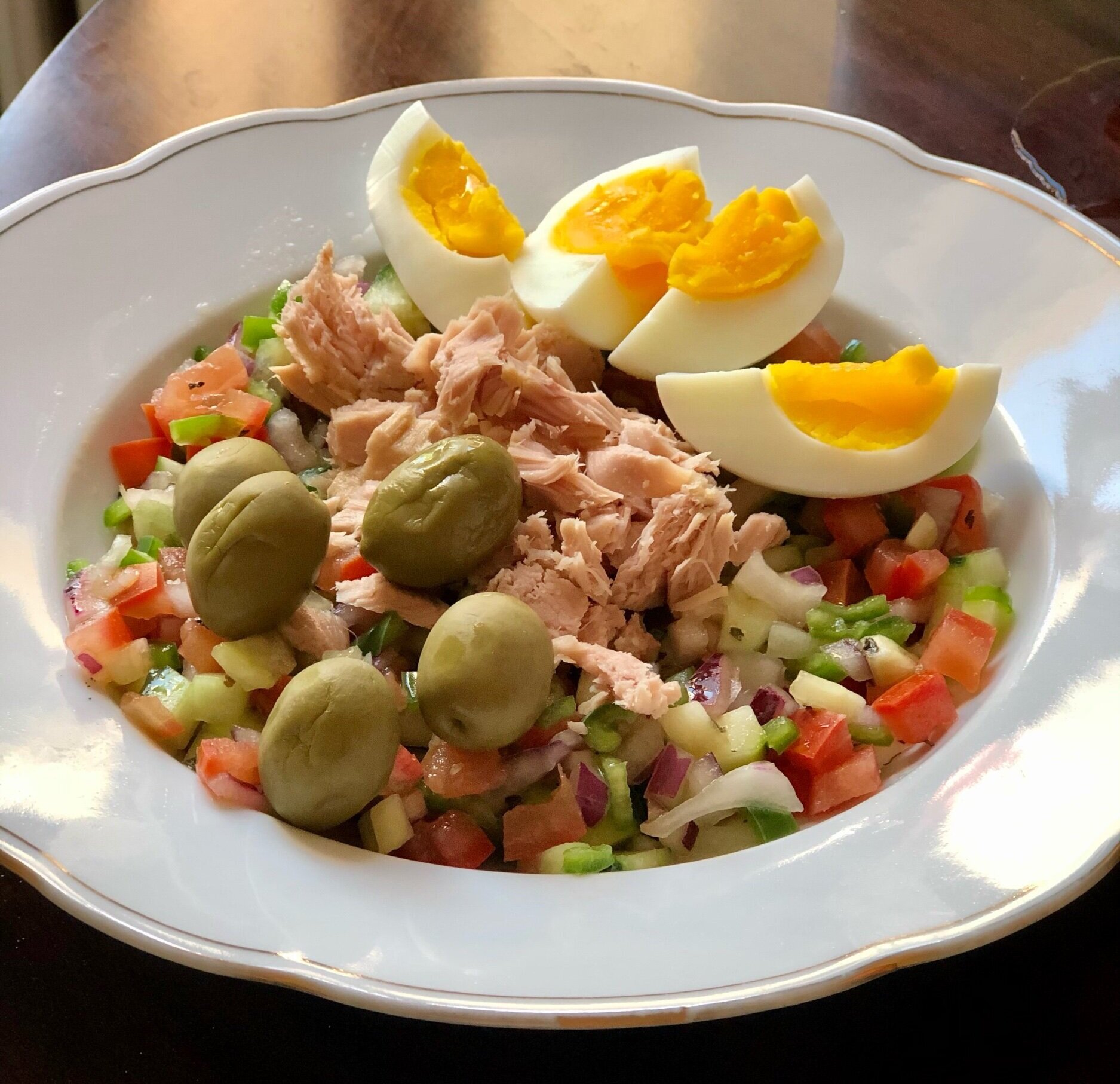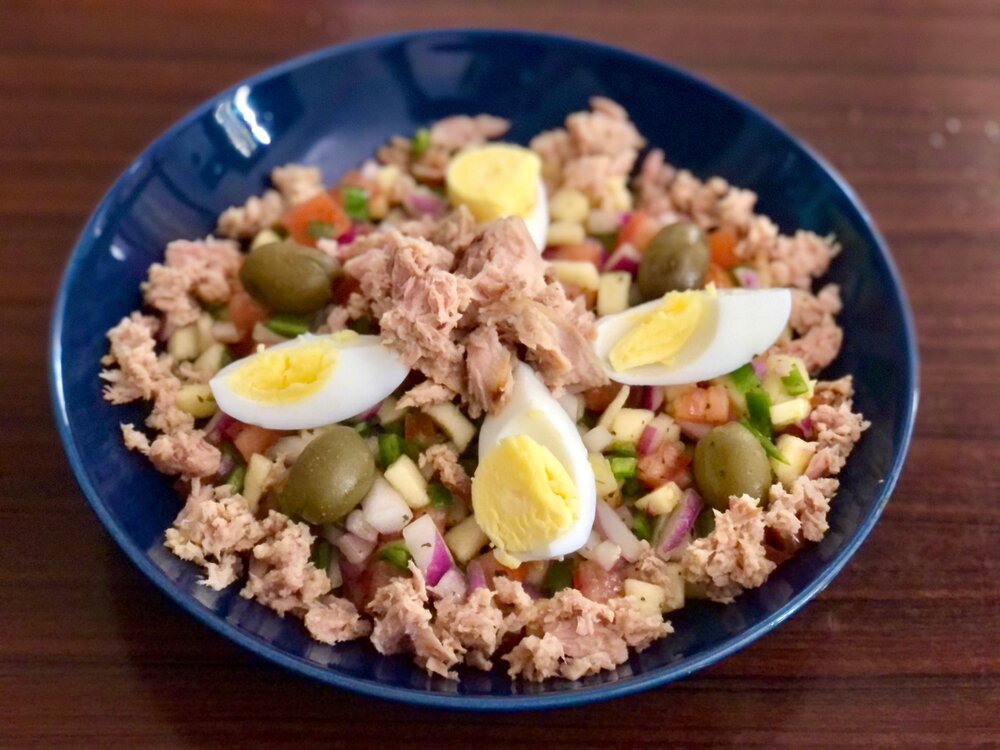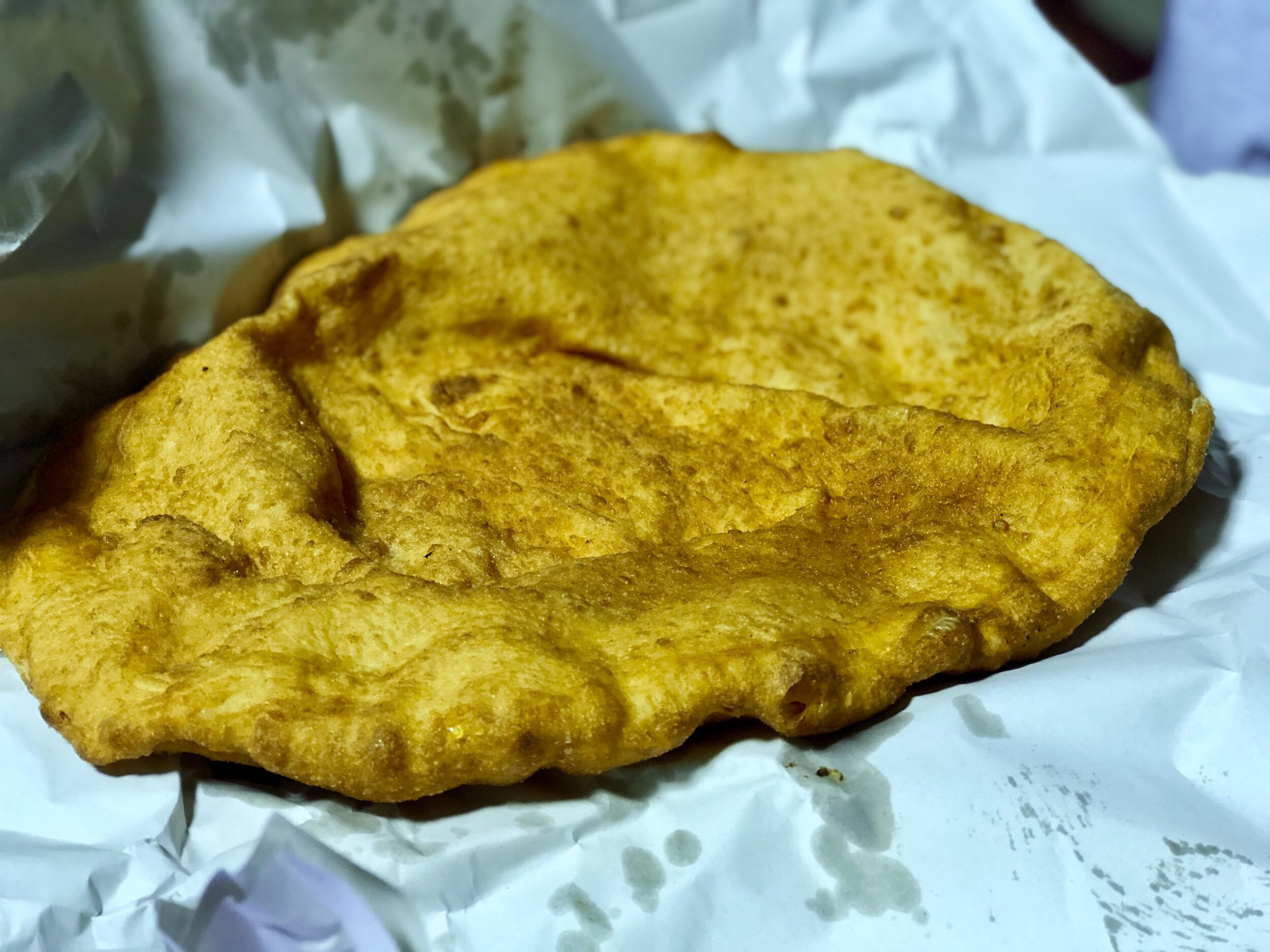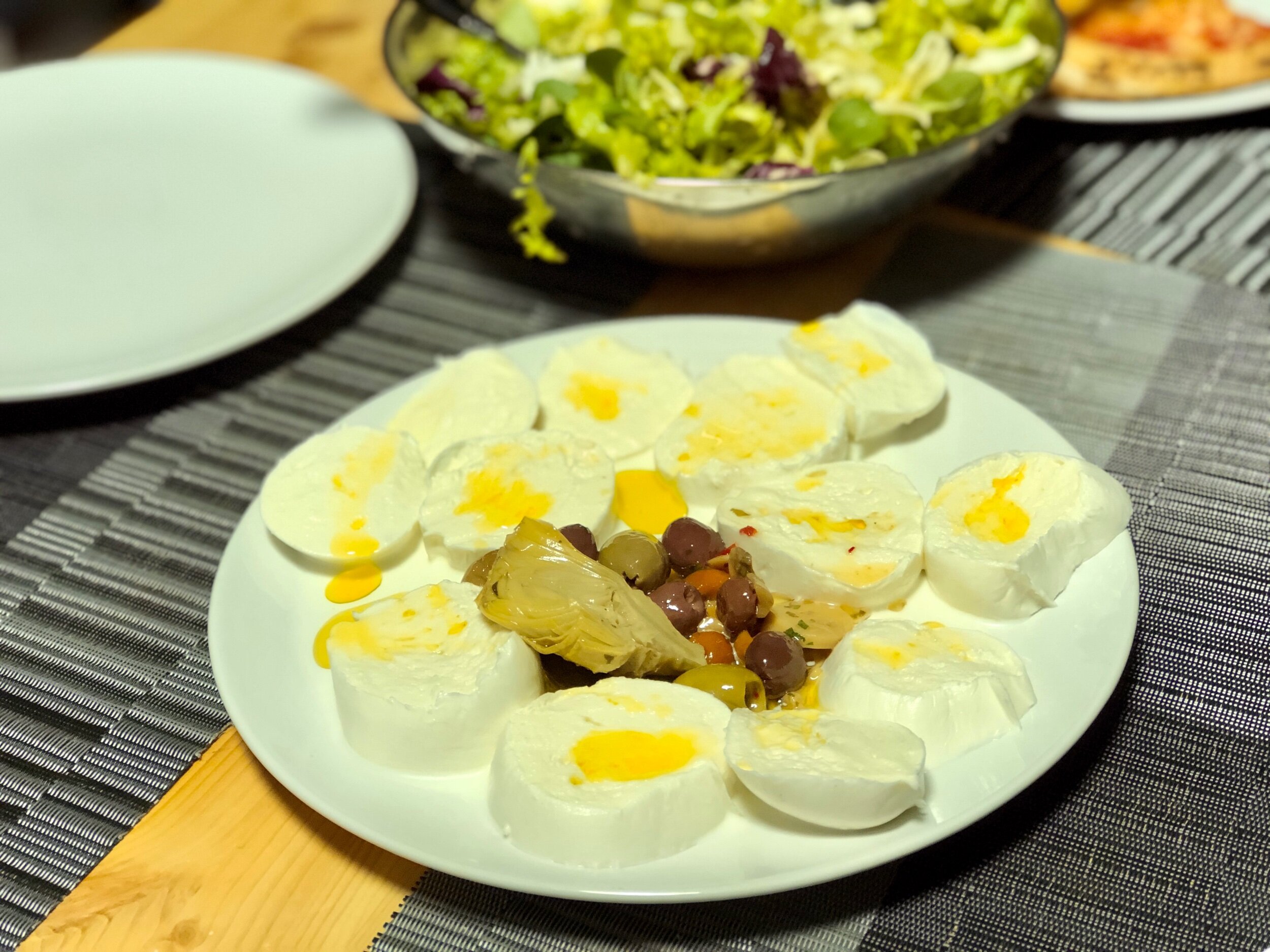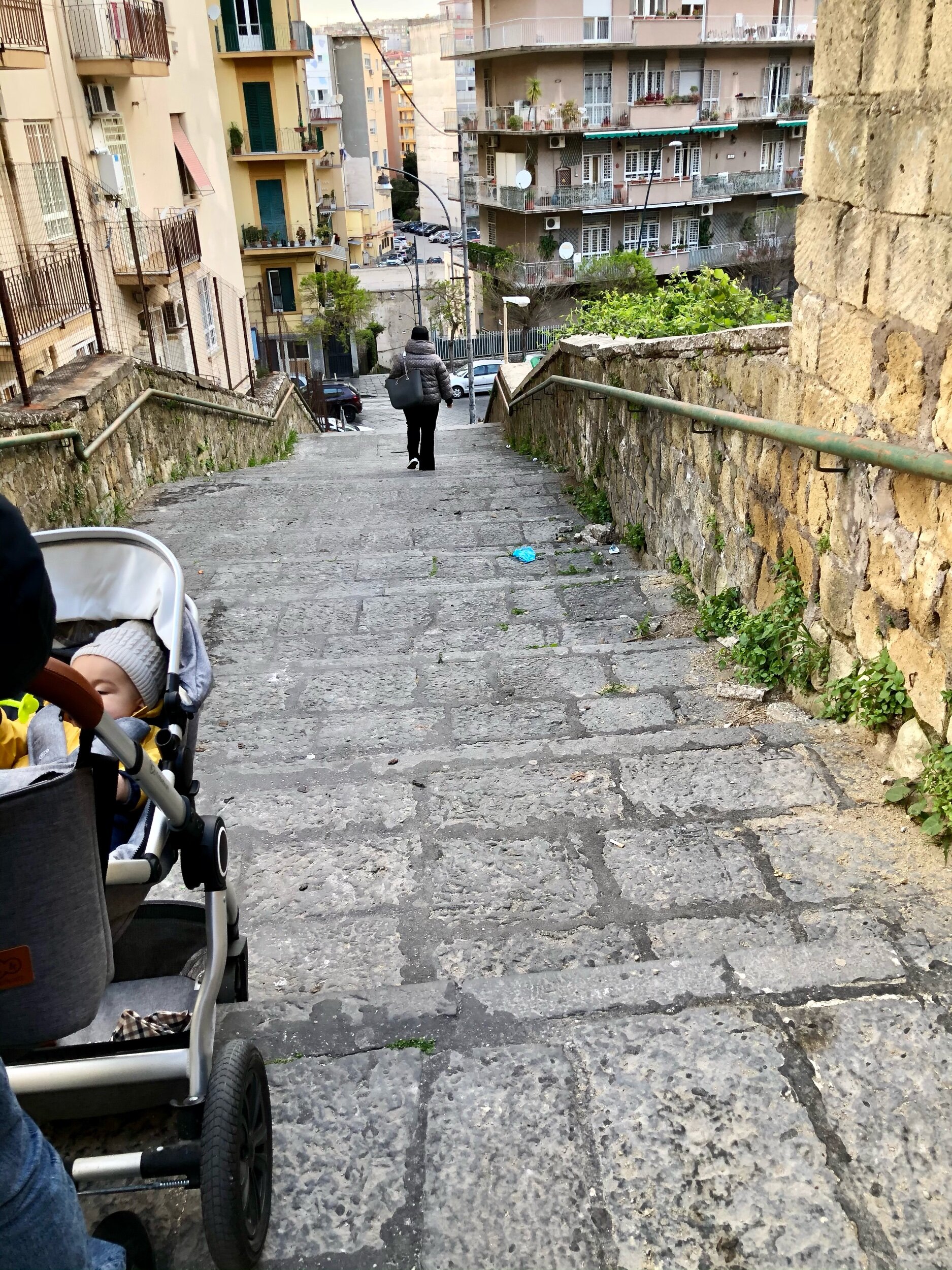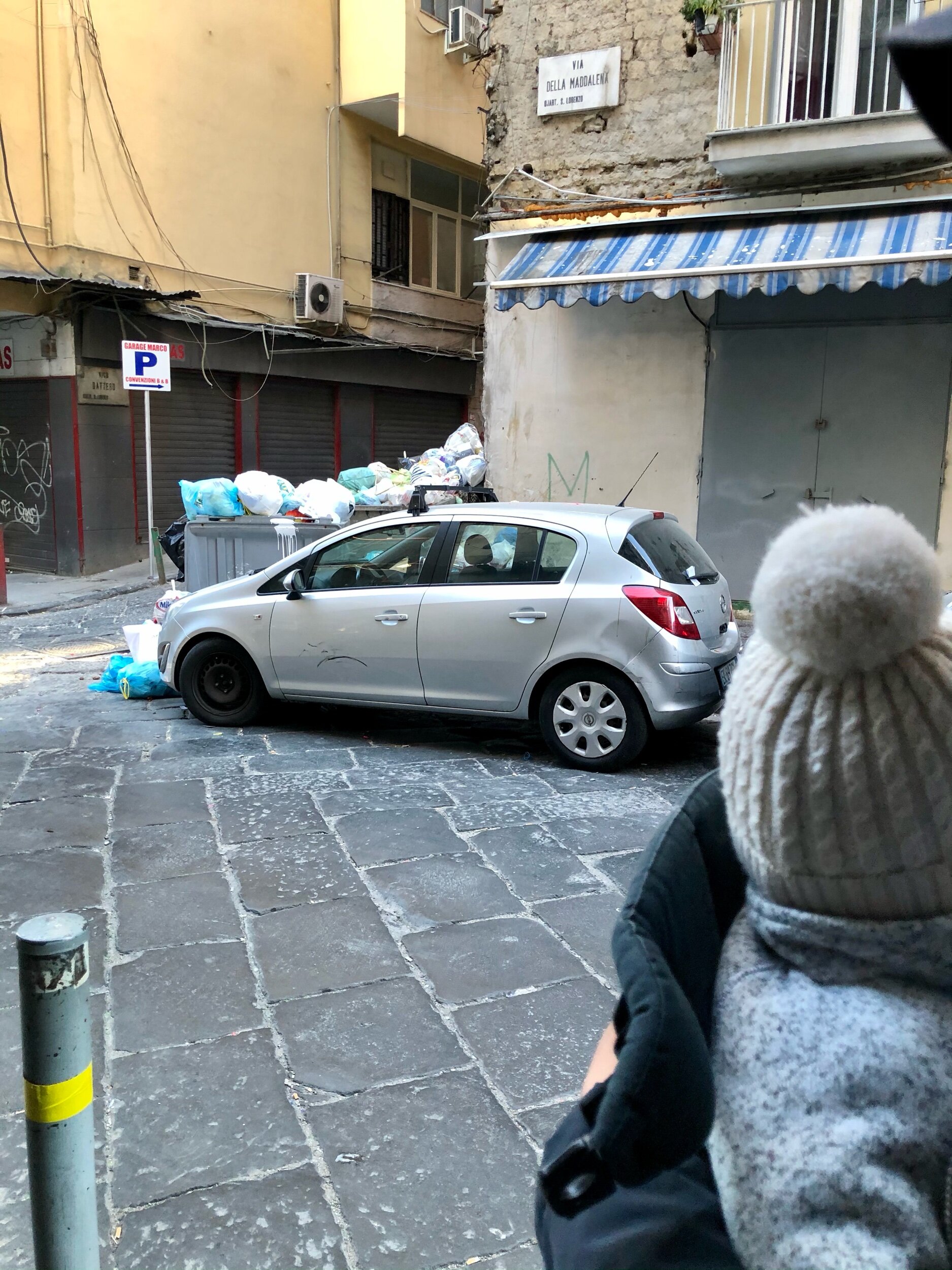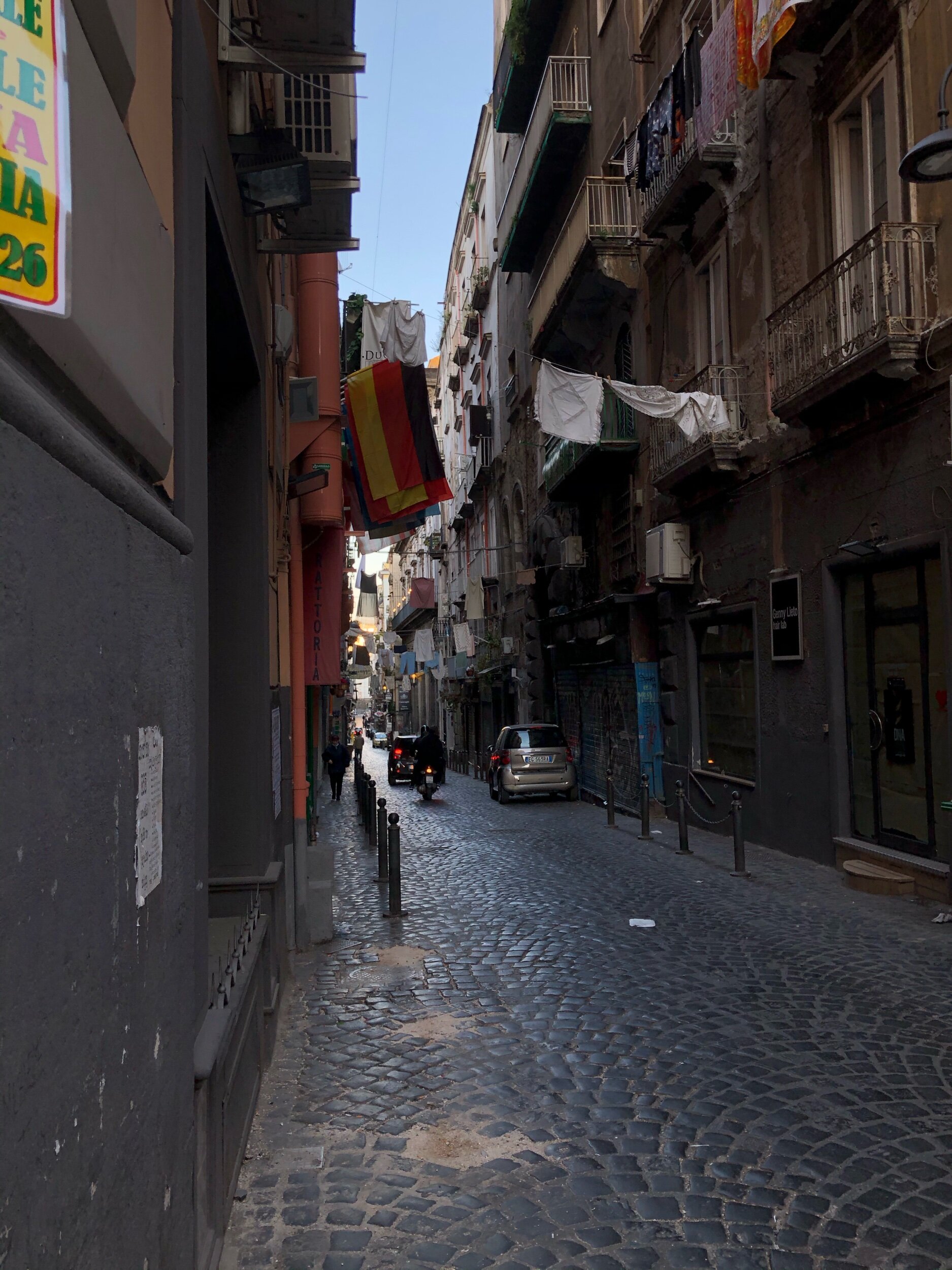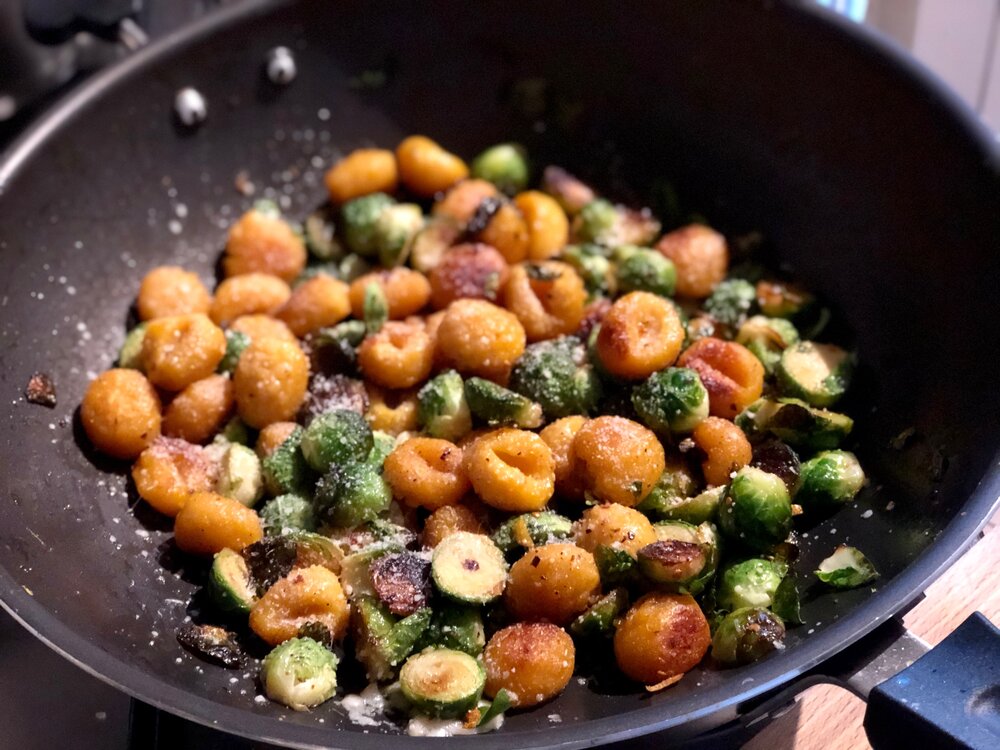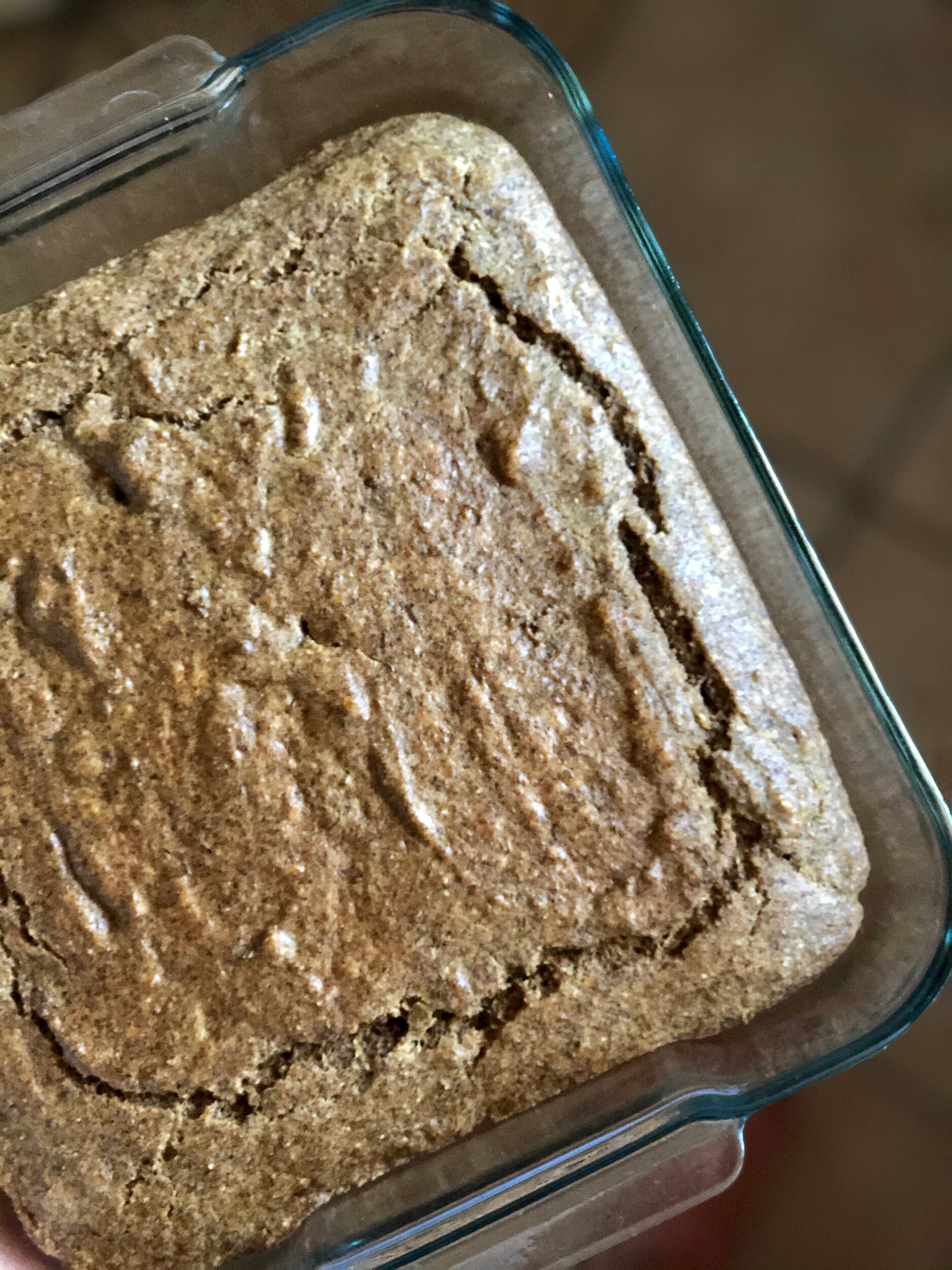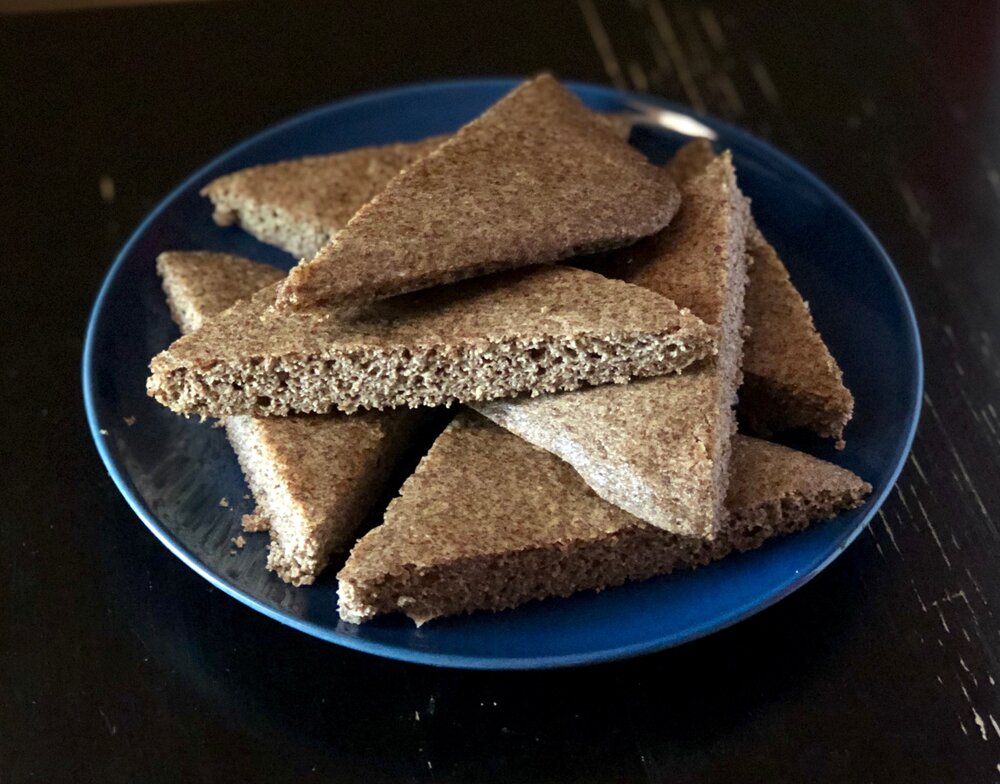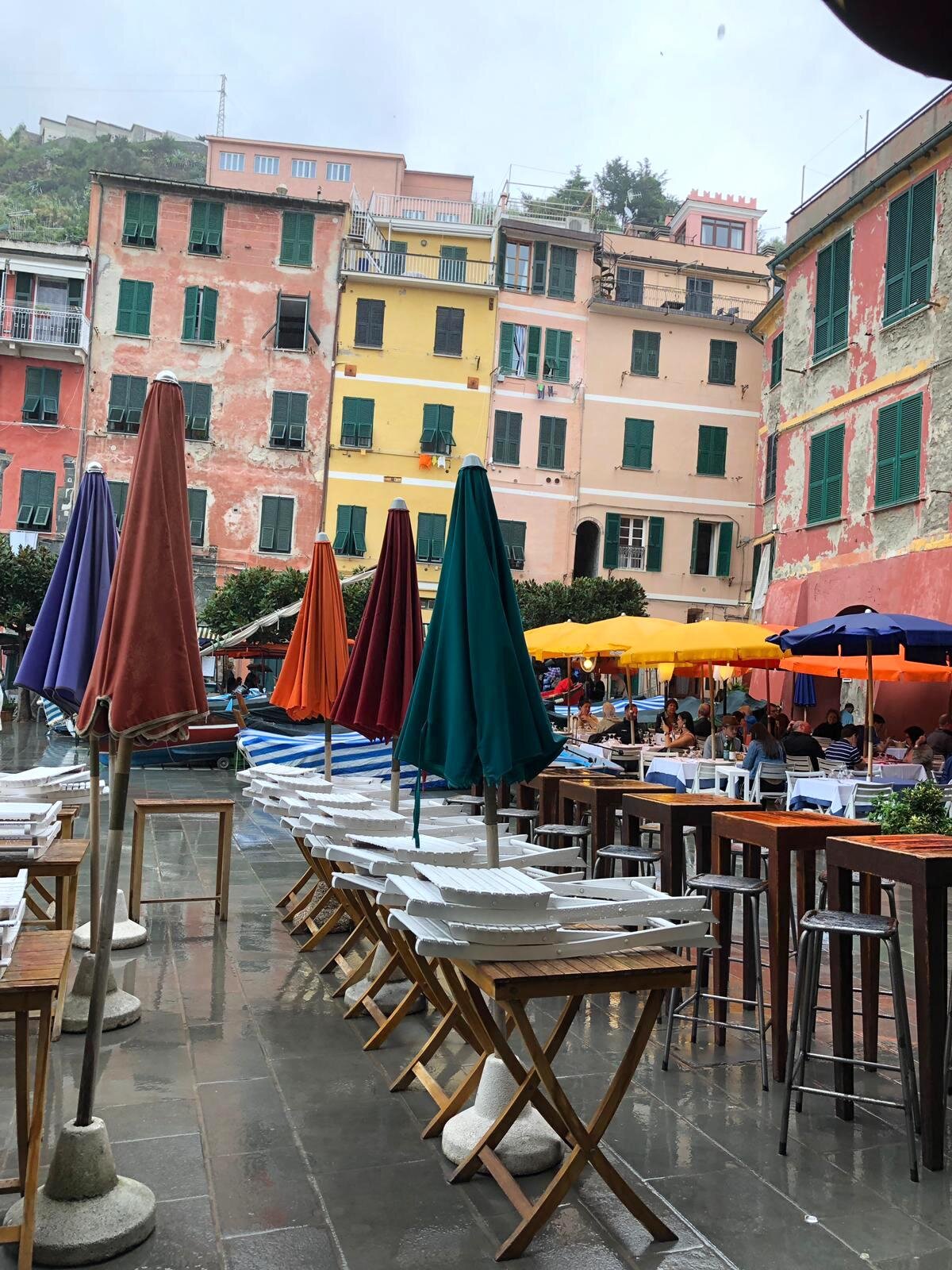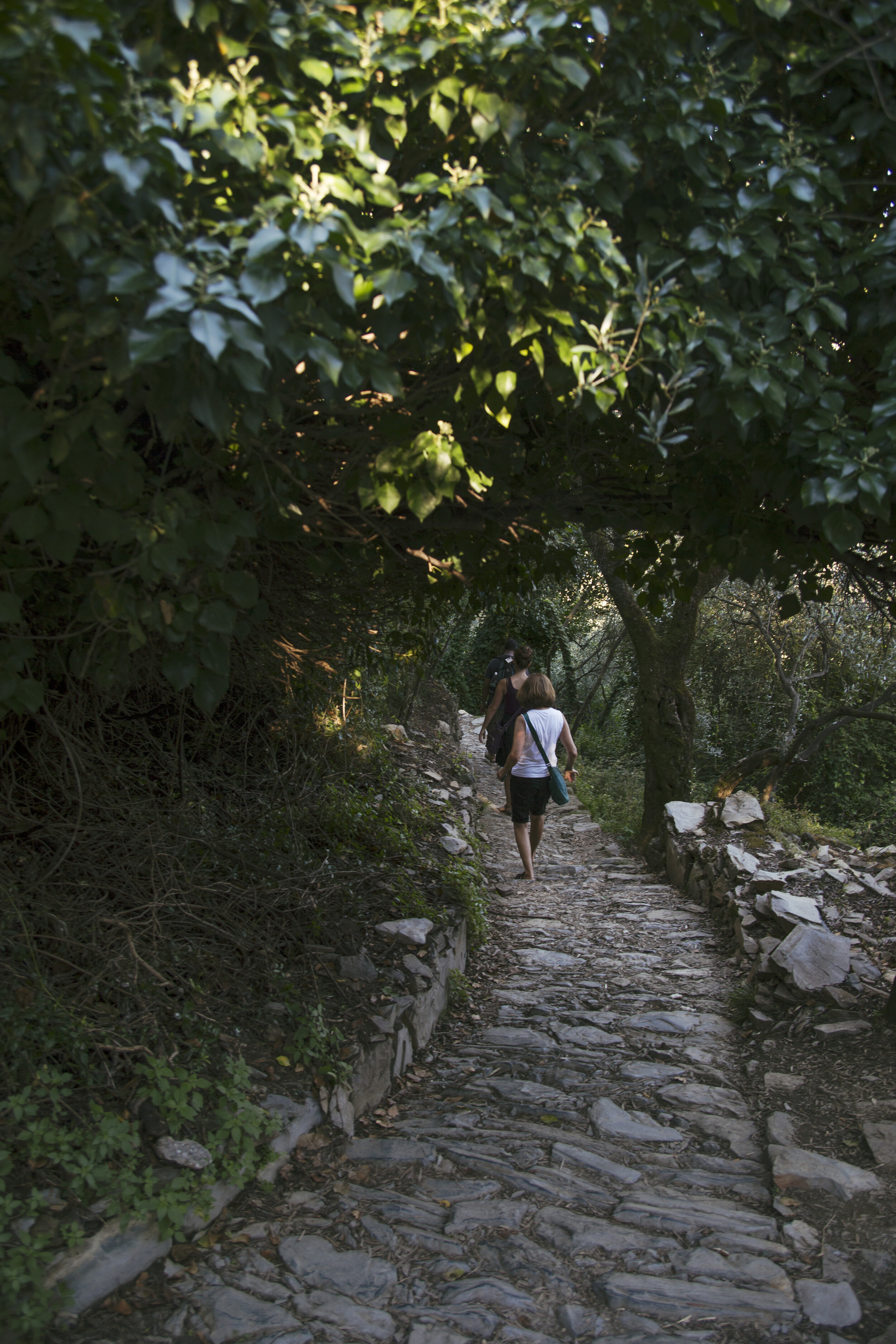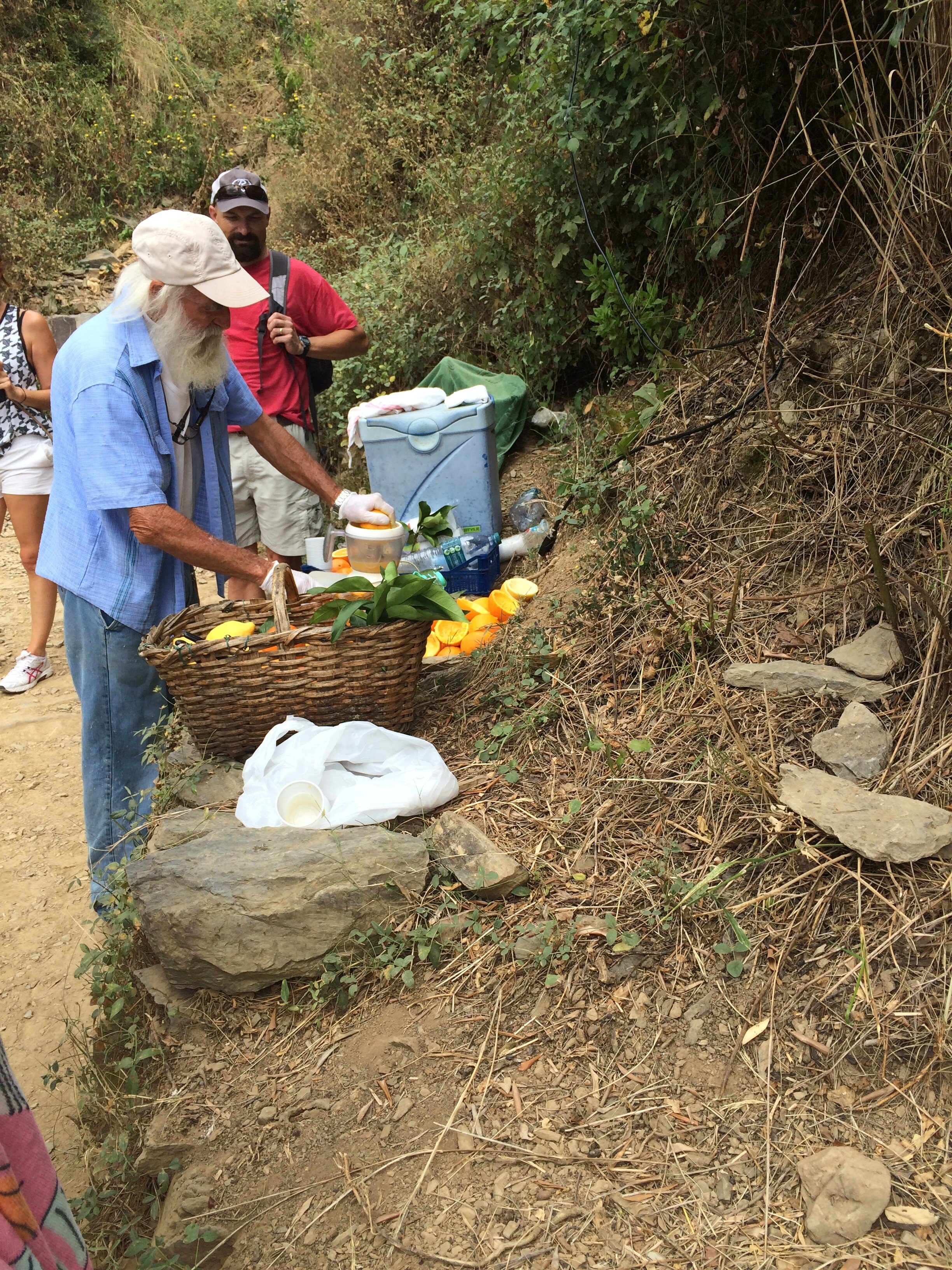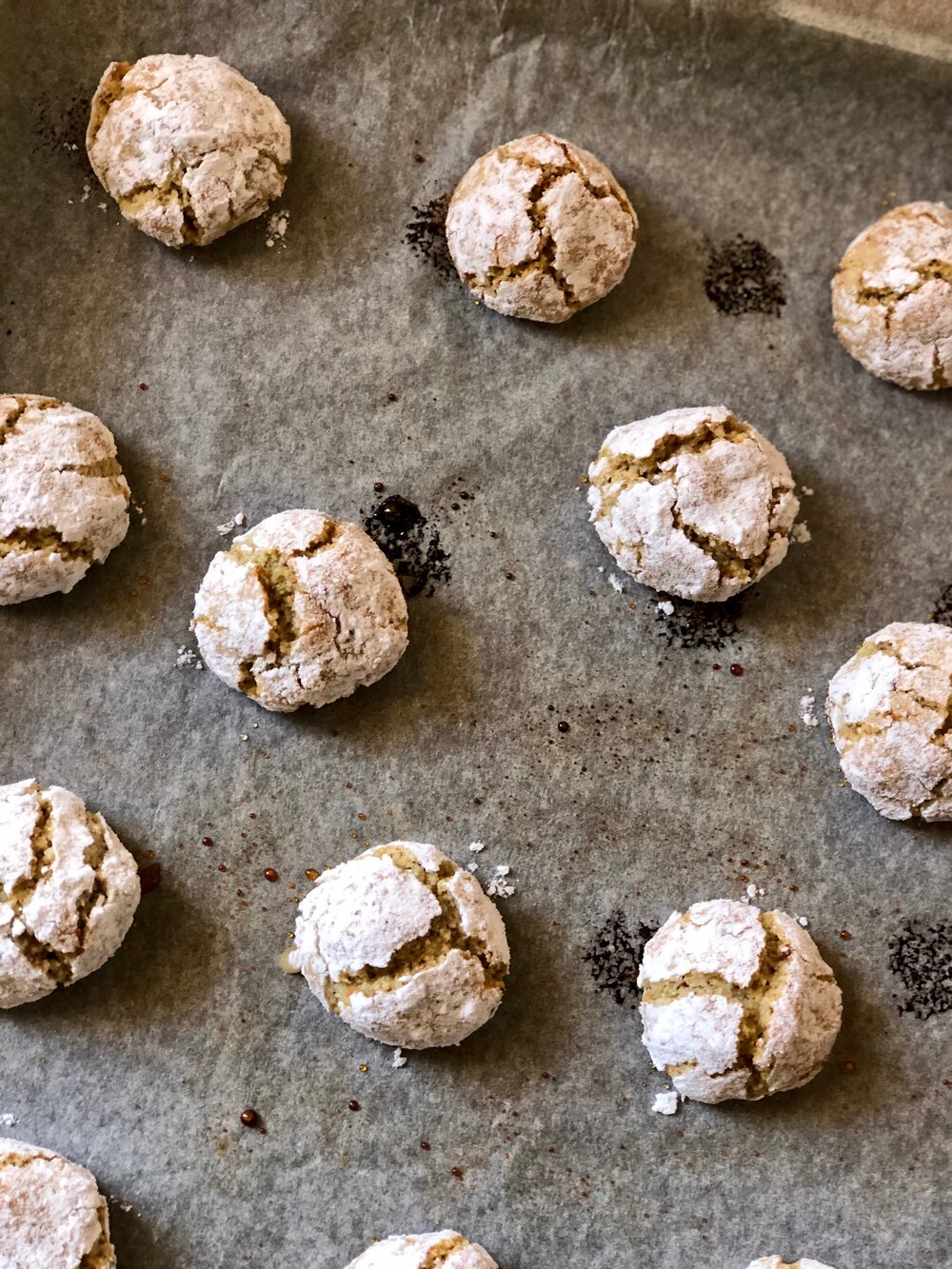September 17th, 2020
In a land, far far away, across the ocean, in a small town called Incisa, it was the day before Elyas was born. I was 40+3 weeks pregnant and had a sudden burst of energy (hind sight, that should’ve been telling, ha). The weather had recently “cooled” a bit, going from high 90’s and 100’s every day to mid 90’s. I had big plans for the day like cleaning, cooking, and personal care. I really wanted to make this eggplant parmesan recipe that supposedly makes women go into labor (I didn’t actually believe it, but it sounded fun and I like eggplant parmesan). In the end it took so long and I was on my feet for so long (4+ hours in the kitchen) that I figured I could do the other plans tomorrow.
Jenny’s note to self #1: never do tomorrow what you can do today while pregnant, especially at the end, because tomorrow is not promised you!!
Later that evening…
Husband and I went for a walk after sunset when it was cooler, then came back to feast on the really delicious eggplant parmesan. I called my mom, but she didn’t answer. This is unusual. Suddenly I felt lonely, as if something was going to happen. I decided to call my brother, who also didn’t respond. This isn’t as unusual, so I decided to call one of my best friends. Something was up with her phone, so she couldn’t talk. So there I sat, feeling forlorn. My mom ended up calling me back and we talked late, until almost 1am my time. We joked, as we did almost every day, that maybe I was in labor, as I had started having regular Braxton Hicks. I laughed it off, only learning later my mom actually did think I was in labor. I snuck another couple mouthfuls of eggplant parmesan and went off to bed.
If you’d like to make that eggplant parmesan recipe, which I really do recommend, click here! Pregnancy not required. ;)
That night…
I hadn’t been laying there too long when what was inexplicably a real contraction came on. After another very real contraction less than 20 minutes later, I decided I should try out my contraction timer. Husband was already asleep, so I lay there hoping to go to sleep myself. Every time I’d start drifting off to sleep a contraction would ruin it, coming every 12 minutes or less. After awhile I decided to text my mom, knowing she was still awake. She counseled me to try and get some sleep if I could. I kept trying but to no avail. One contraction came on so hard I suddenly understood why so many women panic. If I tried to get up or move, they came on every few minutes and I had to breathe through them, paralyzed. All of that talk of early labor being “a great time to shower” seemed complete nonsense now, how could women shower like this?? I could barely make it to the bathroom, so I gave up on the shower idea. I finally woke husband around 5am, tossed my cookies around 5:30am, all the while contractions were coming every 3-5 minutes or less. We decided it was time to go to the hospital.
6:30am The ambulance comes
Having no car, our ride to the hospital was an ambulance. This isn’t unusual in Italy, and was exactly what my midwife told us to do. We called 118 (Italy’s 911) for an ambulance. Three men and a woman showed up in the bedroom, all seemingly clueless as to the proceedings of labor and probably terrified that birth was imminent. They helped me onto the stretcher and off we went at 6:50am. The woman kept asking me for all my information, which always seemed perfectly timed with a contraction…I still don’t understand why she didn’t ask husband who was right there, haha. Labor and paperwork while riding on a bumpy stretcher under a crinkly silver blanket. On an ambulance with the siren blaring. Lovely. I was hoping we could speed down the highway incognito.
7:10am the ambulance breaks down
Yes it did. And I wasn’t surprised. Because, Italy, and also because I had noticed the siren kept going out. The paramedics informed us something was wrong (ambulance overheated) and pulled over into the nearest gas station so a different ambulance could come and get us.
At this point my mom, who was following my location on Find a Friend, was semi-freaking out, convinced the ambulance had to pull over because the baby was being born. bahahaha I’m sorry mom, for all I put you through.
7:45am arrival at the hospital
After a very long 30 minutes, the new ambulance pulled up and we were transferred over. Finally, we arrived at the hospital. Being wheeled through the hospital, still on the stretcher under the crinkly silver thing and seeing everything go by sideways is very disorienting. We arrived at the maternity ward, and I was taken into one of the exam rooms I had just been in earlier that week. Husband wasn’t allowed in.
More paperwork, sitting in a chair across from a midwife at a computer. Breathing through contractions, thinking how bizarre this is, with no smile or acknowledgement that hey, you’re in labor; no “congratulations”, or even “are you ready?”. Business as usual. Then I was hooked up to a fetal monitoring device. Baby wasn’t moving as much as they would’ve liked, and I ended up being hooked up to the monitor, sitting in a chair for 1 1/2 hours. They checked on me every half hour or so and brought me cookies once, to try and get baby to move more. Baby was moving some, I wasn’t concerned, but I guess they were a bit. The midwife examined me, confirmed that my waters had indeed already broken (that trickle since yesterday afternoon wasn’t incontinence as I had marked it off as) and I was dilated to 4-5cm. I was given the good news I would be admitted to a labor and delivery room. It was now 9:45am.
In Italy, or at least in Florence, you’re only admitted to your own labor and delivery room if you’re at least 3cm dilated. Anything less and you’ll either be encouraged to return home or have to labor in your hospital room, where no one is allowed in with you. Most public hospitals rooms are shared, and it was my great hope to NOT arrive less than 3cm dilated so as not to have to labor alone. Ospedale Santa Maria Annunziata, where I gave birth, had 3 occupants per room. Another, a bit more infamous hospital for birth, Ospedale San Giovanni di Dio, had up to 6 occupants per room.
To the Labor and Delivery Room!
My husband and I were briefly taken to my room, so I could drop off my stuff. I was the first one in this shared room. I changed into a cruddy nightgown and socks, no hospital gowns are provided in Italy, at least for labor. The midwife chided me because I put on socks instead of shoes, something about “that’s not sanitary”, but I was not about to labor and give birth IN SHOES so she let it drop.
Just kidding, let’s wait in the hallway for a bit
We were finally taken back to the labor and delivery ward, just to be told we had to wait. My room was still being cleaned. There was a little bench in the hallway, where we stayed and watched numerous nurses and maintenance people walk by. Very relaxing and great for having a baby. I jest.
Labor and Delivery Room
Finally, the room was ready and in we went. It was a comfortable, if bare bones room. I enjoyed the birthing ball, something I had always wanted to try. The midwife was nice enough and helpful, bringing a hot water bottle which felt excellent on my lower back, I was experiencing some intense back labor. She even brought a scarf and did Rebozo. My least favorite was having to walk down the hallway every hour or two to the bathroom, it took so long having to pause and breathe through all the contractions, and something about the bathroom always brought on the harder more frequent ones and I would get stuck in there forever. The midwife at least once had to knock and make sure I was ok…Yes, I’m fine, just hanging on to the sink for dear life!
Labor was hard, and though I felt prepared and well read, nothing can really prepare you for the actual thing.
At noon I was still at 4cm with a contraction.
By 2pm I was 6cm, 8cm during a contraction.
Pitocin or water breaking?
When 6pm rolled around and I was still at 6cm, the midwife started to put the pressure on. My water had now been broken for more than 24hrs and I was becoming higher risk. They were going to give me a round of antibiotics, and the midwife gave me the choice of completely rupturing the membranes (as she explained, baby’s head no longer having the buoyancy of the water would put more pressure on the cervix and thus hopefully speed labor up) or administering pitocin. I chose the rupturing membranes option, thinking it would be more natural. The midwife then strongly recommended I go with the pitocin. Why she even gave me the choice in the first place beats me, when she apparently wasn’t actually going to let me choose anyway. I conceded to the pitocin, on one condition: that I be given time to get my labor progressing more quickly on my own, by moving around as much as I could. She agreed. It was 6:00pm, she gave me until 6:30pm.
Having not slept at all for a day, a night, and now into another day, and the last meal I had my body kindly evicted, I didn’t have much energy. I had laid down and attempted to nap during the afternoon but was not successful, contractions were too much. Now the clock was ticking and I had half an hour to get this party started, so you better believe I got up and started dancing, and jiggling, and moving any which way I could. The contractions came on hard and fast, often bringing me to my knees, the back labor was getting worse and worse. But I danced. For the love of my baby I danced, rocked, swayed, and am generally content that my husband is not the type to whip out a camera to capture moments that would probably forever haunt me. Hahaha.
Water breaks
At 6:30pm with a satisfying Hollywood SPLAT, my water fully broke. I DID IT. I didn’t have to get pitocin! From then on my labor sped up, those contractions kept roaring on. Often people talk about contractions as waves, and how you should ride them. If that’s the metaphor, then the waves were crashing all around me and I could barely keep my head above water, let alone ride them. It was especially frustrating when a contraction would come on, and I would feel it peak, then instead of receding the pain would remain. I was hooked up to a monitor most of the time and could see when and how strong contractions were. I realized that even though the contraction would end, the pain was not. Then another contraction would come on. I later learned this is what you call back labor. And it’s pretty awful. I had to be in a very specific position on my hands and knees to keep the pain at a level where I didn’t want to jump out of my own skin. But I kept my eyes on the prize. Soon, there will be a baby! Every contraction is one contraction closer to meeting my baby.
Oh, and while I’m talking about things that are awful in labor, let me mention the drip I was hooked up to for the antibiotics. It had a very short line, so that whenever I dropped to my hands and knees for a contraction, I could only use one hand to support me, I had to keep my other hand in the air so the line wouldn’t jab the needle deeper down into my arm. Ouch.
Shift Change
8pm brought a shift change for the midwives. There was now a student midwife and a new midwife who I jokingly referred to as “my angel” afterwards. She was very kind and helped me so much when I felt tired and stuck at the end of labor. I had now been at the hospital for over 12 hours and things weren’t getting any easier. The student midwife was sweet and helpful, too. She was down on her hands and knees with me, encouraging me and chatting with me.
So…I push now?
It never became abundantly clear to me when it was time to push. I had always heard, oh, don’t worry, YOU WILL KNOW. A few contractions I started to feel pushy. This was probably around 8:30pmish. Then I’d have a few I didn’t. I don’t recall them ever checking me and letting me know I was fully dilated, but I must have been or I can’t imagine they’d let me push. I was pushing without much success, or so it felt. After awhile the midwife had me get into a standing position with my husband on one side of the bed and me on the other, criss-cross arms and holding hands, giving him my full weight during a contraction while bearing down and pushing. Using gravity and my husband’s muscles to speed things along.
Baby’s in distress
At some during pushing, baby started showing signs of distress. I went from making slow, but steady progress to being gently but urgently encouraged to get that baby out. I appreciate that the midwives didn’t make me feel panicky, but I also felt the gravity of the situation.
Having pity on my shaky and exhausted state, they suggested I lay on my side on the bed to deliver baby.
I had read one account of an American woman giving birth at this same hospital, and she was made to change rooms just before baby was born, a.k.a. when walking feels impossible. She had to be practically carried, because apparently at that time you delivered in a different room than you labored in. I was very thankful to find that I was not made to change rooms.
Every time the midwives would tell me what progress I was making, I inevitably ended discouraged. “We can see baby’s head!!!” And I’m thinking, “what?! You can only JUST now see baby’s head? I was convinced the head was almost out!”
The ring of fire is a very real thing. And what I didn’t realize is that contractions become a bit more spaced out while pushing, so wherever baby is when a contraction stops, there he stays until the next one a few minutes later, half out or head out or wherever. Like I said, ring of fire. I felt exceptionally lucid during this point, thinking “huh. So this is the ring of fire. Well here I am, living the ring of fire until the next contraction. So this is what women talk about” and wishing I was more out of it like some women recount being.
9:52pm Elyas Zakariah is born
After roughly 1hr15min of pushing, my baby BOY was born! We chose not to find out the sex, so he was a joyous surprise.
My husband bawled. He later told me he cried half because he was overjoyed and half because he was relieved for me, that it was over and the baby and I were ok.
I was too exuberant to cry, our baby boy was here, and I DID IT!! There is no feeling in the world like those first few moments after your baby is born. Joy. Love. Relief. Pride. Gratitude. I was smitten. My little buddy boy.
